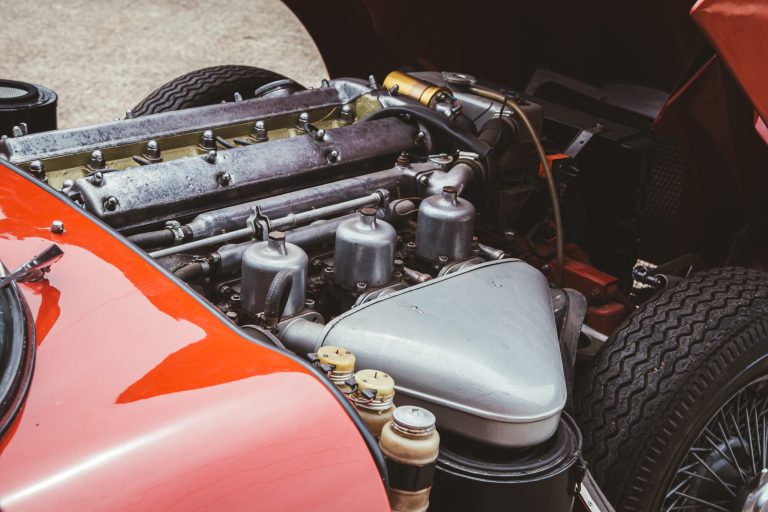
Diving Deeper Into our 1962 Jaguar E-Type Series 1 Coupe
Our technician Jon has been diving deeper into the 1962 Jaguar E-Type Series 1 Coupe currently in our care for its new owner. As part


Our technician Jon has been diving deeper into the 1962 Jaguar E-Type Series 1 Coupe currently in our care for its new owner. As part
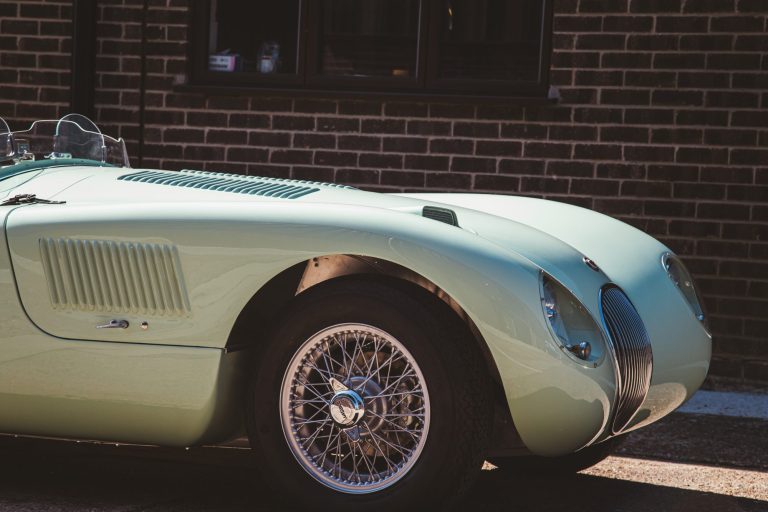
With our C-Type getting closer and closer to being completed every day, the team have had a few jobs to do before the car was

As part of our stewardship of the 1939 Jaguar SS100, our transport team have been to pickup a very important crate. This crate contains all
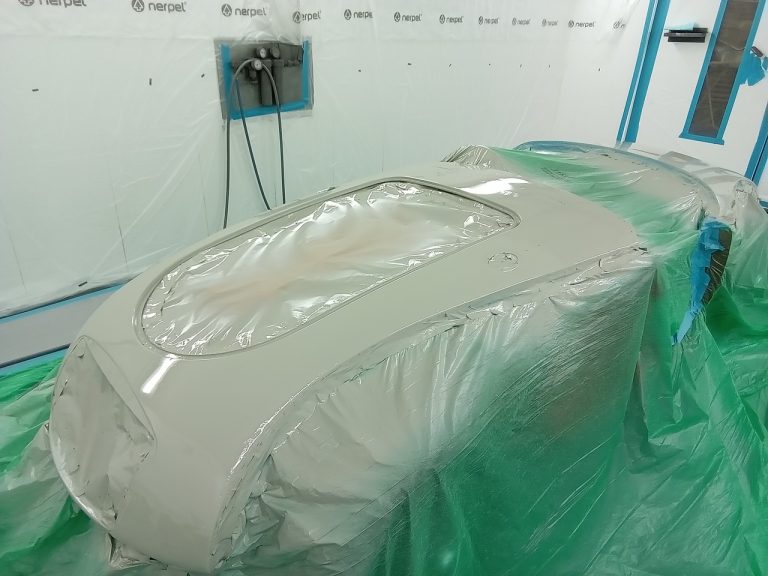
With the exterior panels such as the front and rear wings being worked on in the prep area of our Suffolk HQ, the body shell
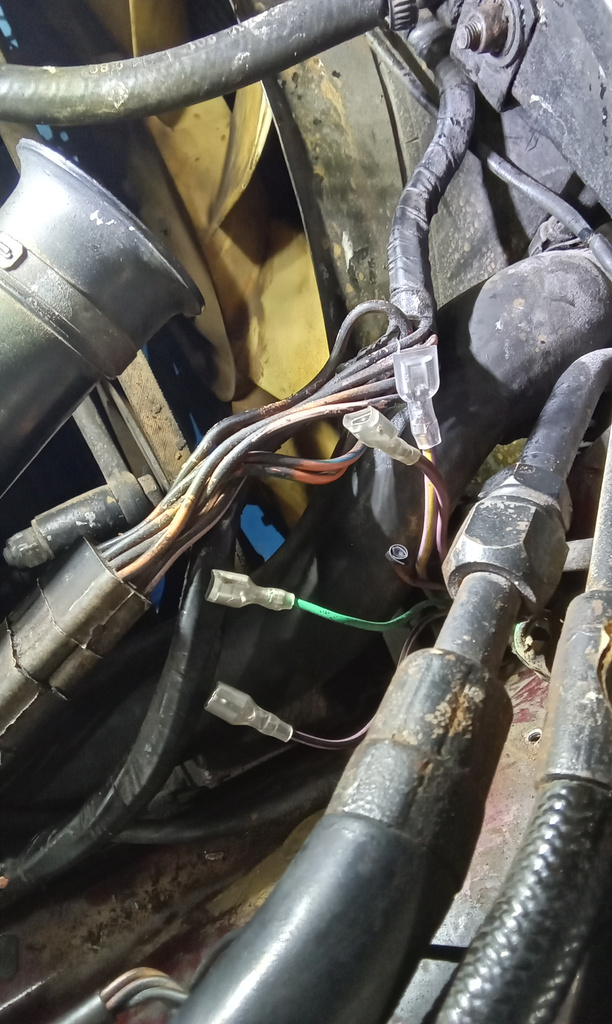
The workshop team are continuing their work on recommissioning our 1989 Daimler Double Six to get back on the road. Jon, one of our amazing
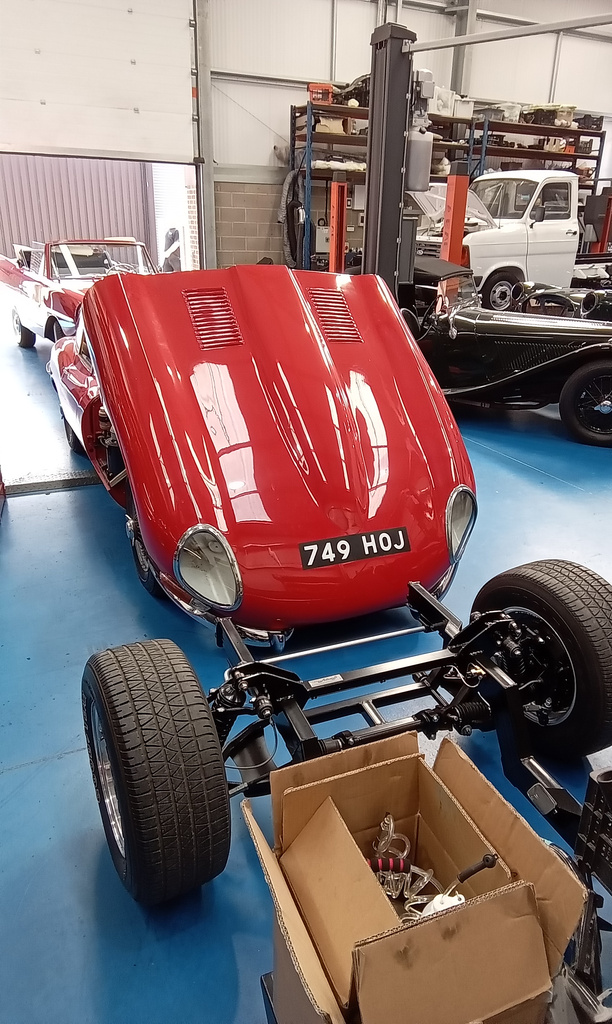
Since arriving at the Bridge Classic Cars Suffolk HQ, this stunning 1962 Jaguar E-Type Series 1 Coupe has been waiting its turn on the ramps
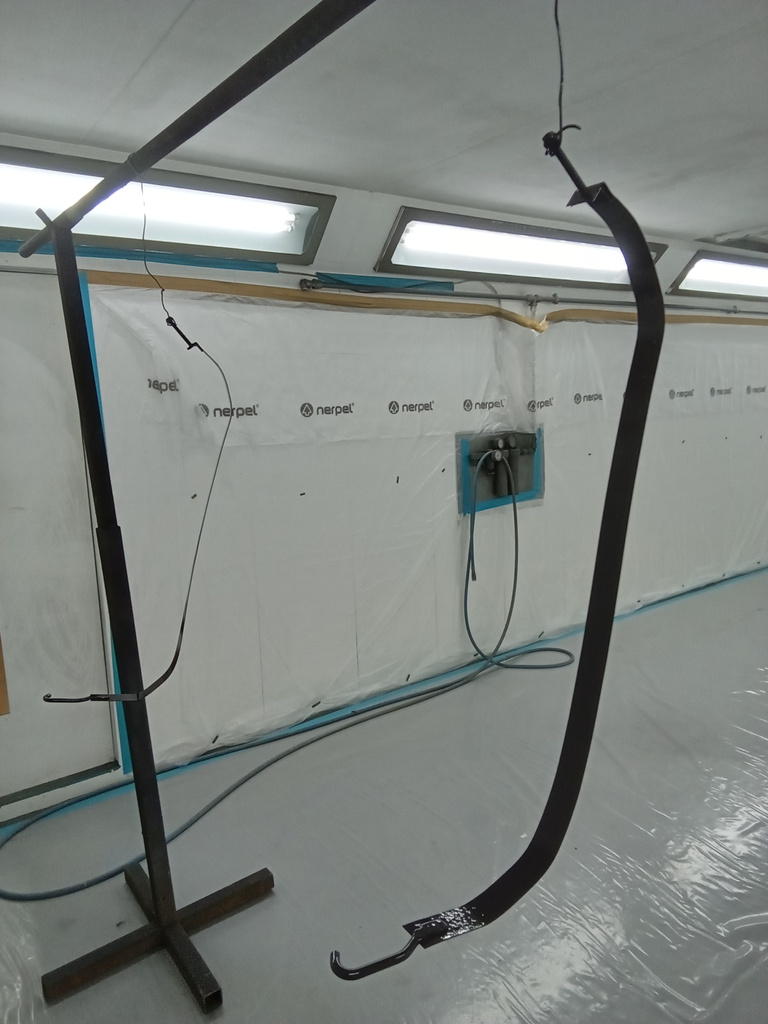
The paint team here at Bridge Classic Cars have been working alongside the workshop team to get the next batch of pieces painted for our
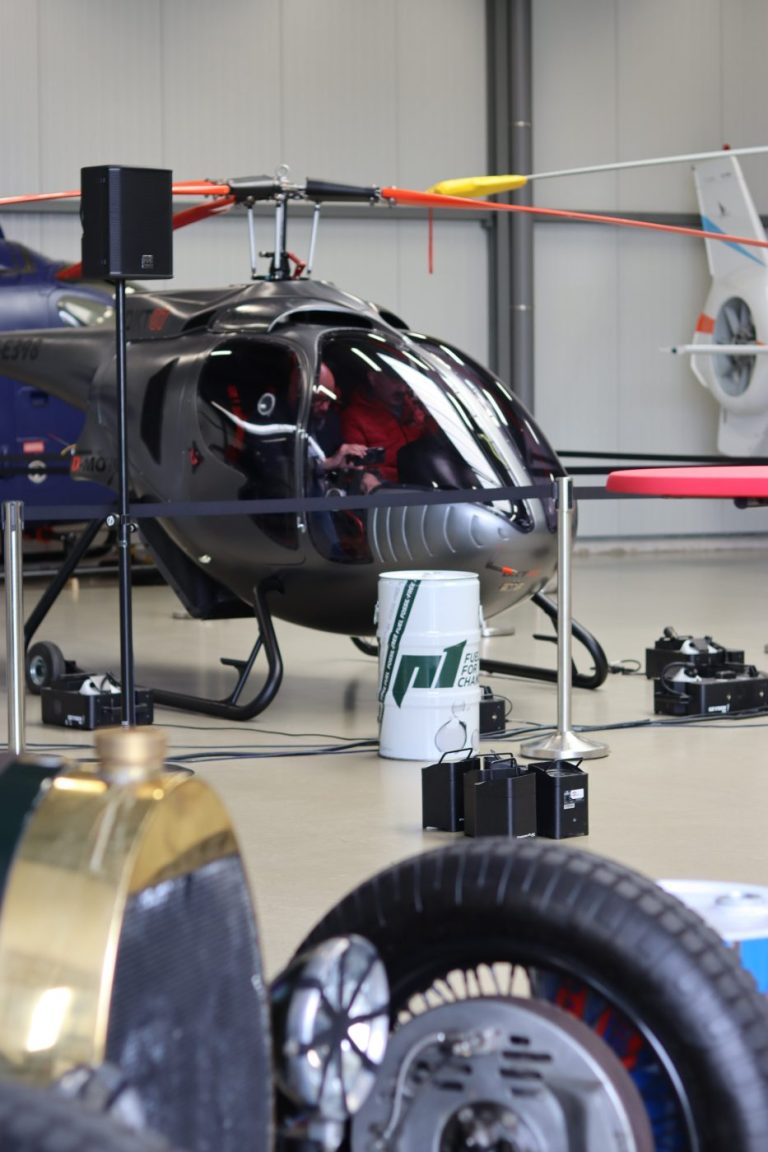
On April 26th 2024, Heli-business hosted an event that saw the launch of the D-Motor DKT 07, the first two-seat Ultralight Motorised (ULM) helicopter. This

Our technician Jon has been diving deeper into the 1962 Jaguar E-Type Series 1 Coupe currently in our care for its new owner.
As part of the appraisal process, he has drained the engine of oil and all fluids along with removing the oil filter to inspect. As part of removing the fluids, the team remove drain the fuel tank to inspect the fueling side of the car.
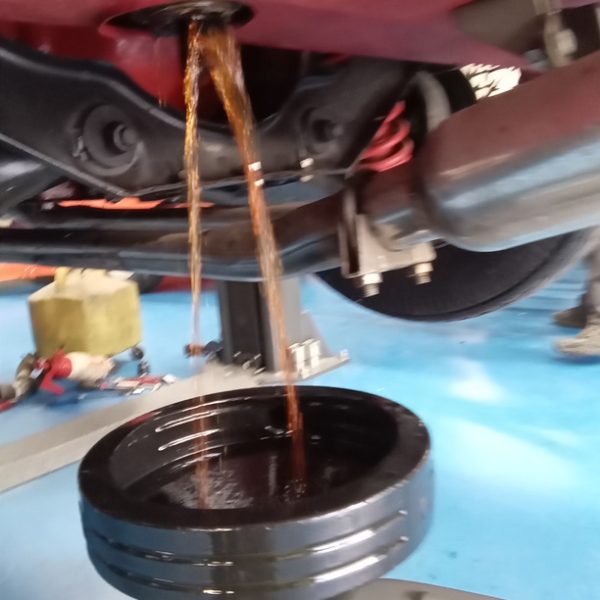

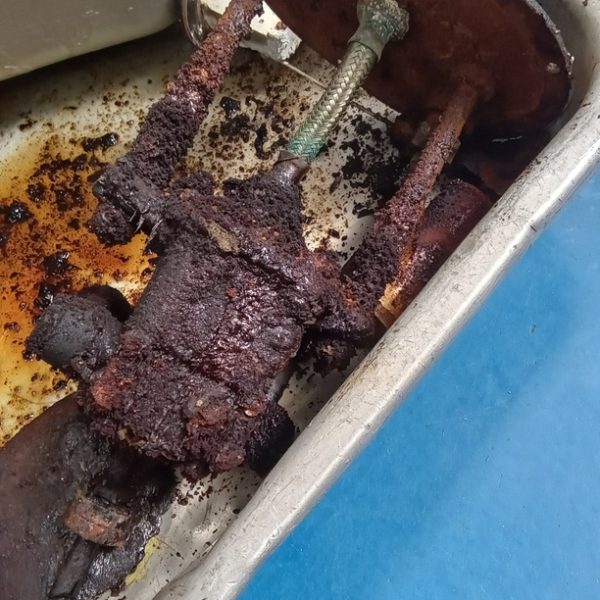

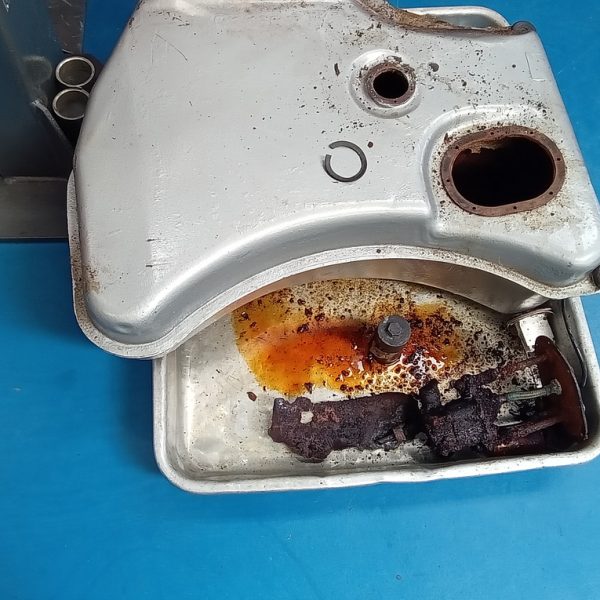

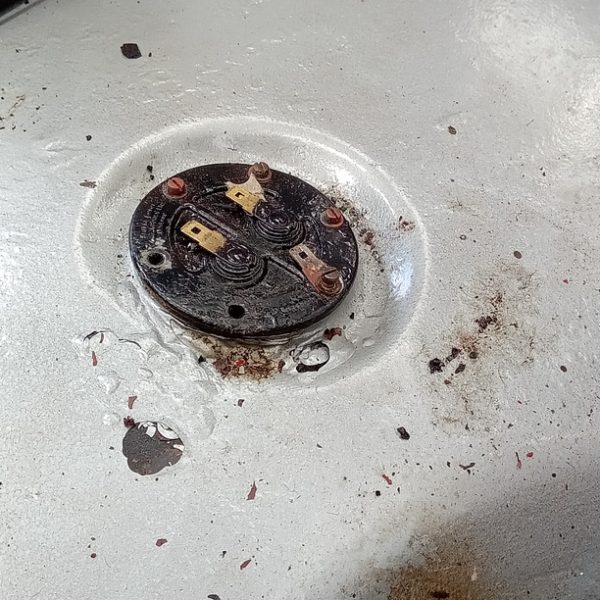
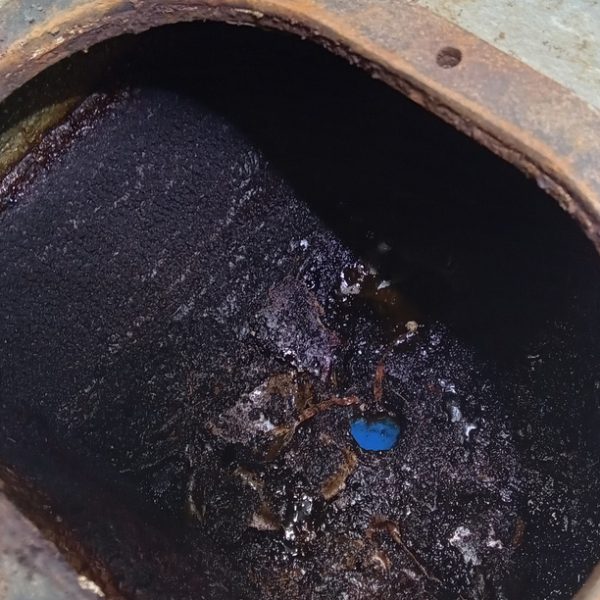

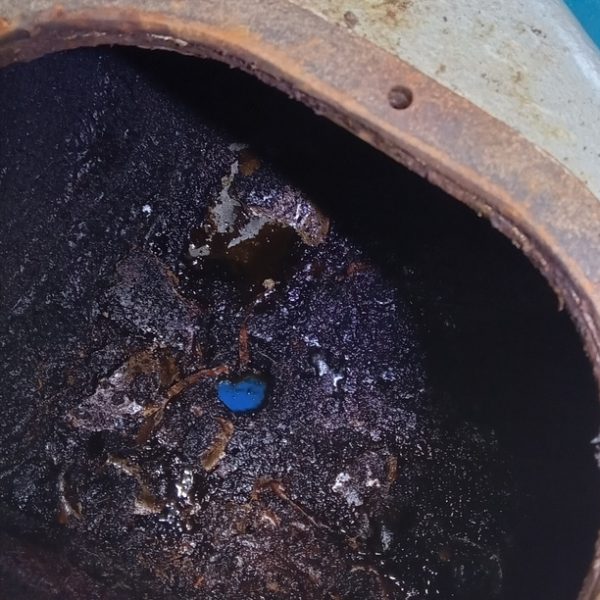
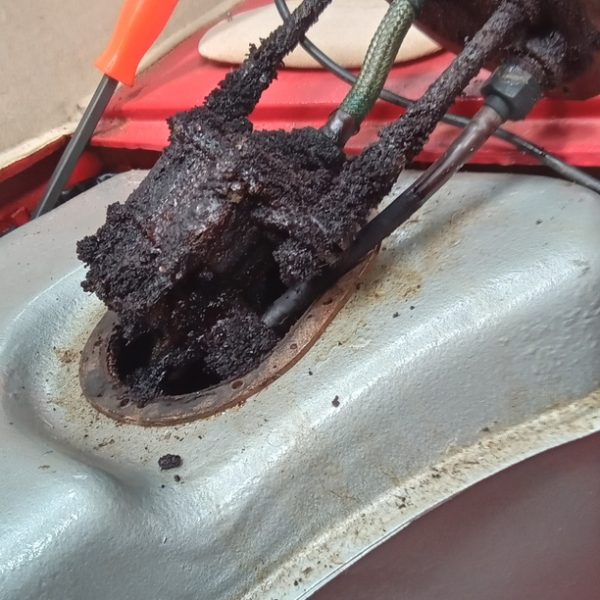
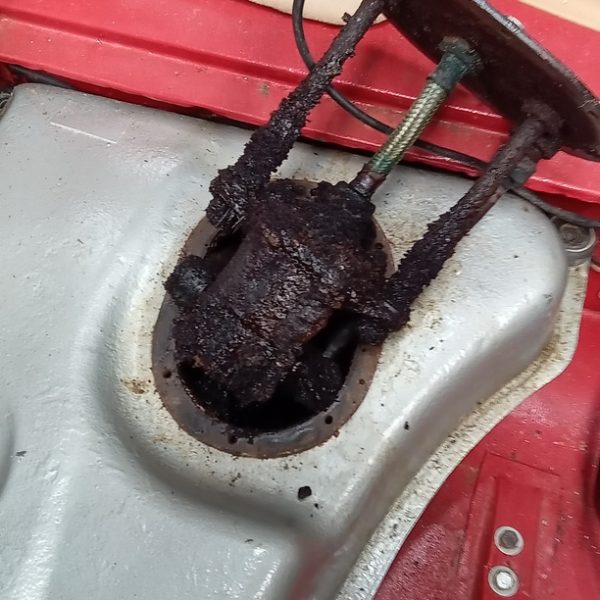

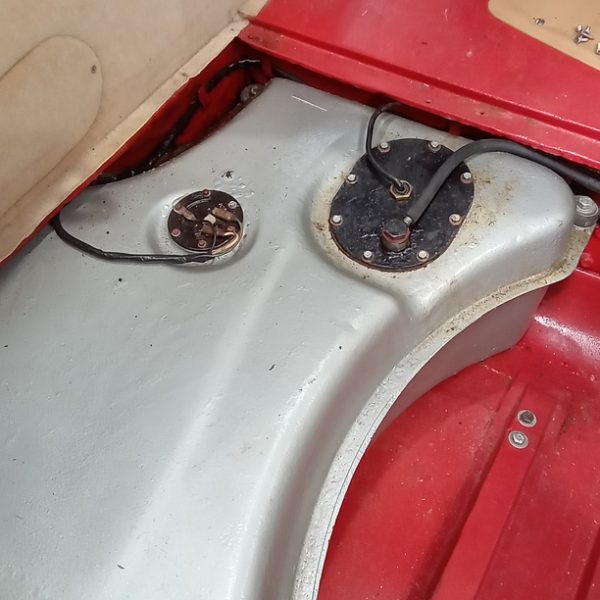
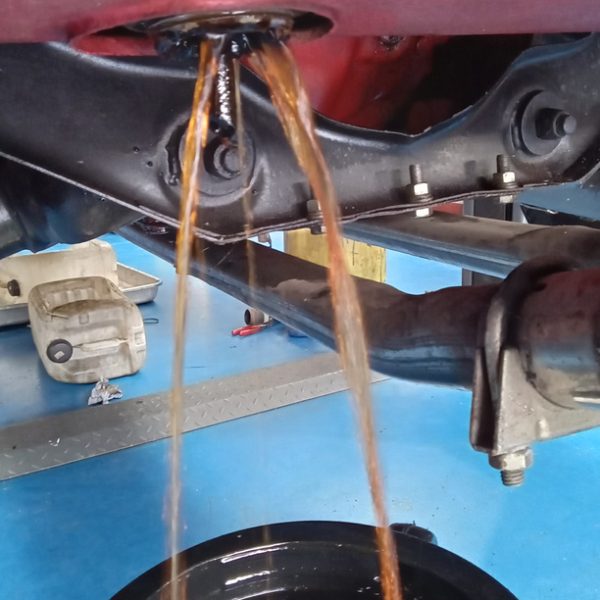
Because of the car being sat for an extended period of time (multiple decades it would appear by the paperwork) the corrosive nature of the fuel left in the tank has wreaked havoc. When Jon removed the sediment filter, which also allows the fuel tank to drive, it became apparent that the fuel had spoiled whilst in there. In Jon’s own words ”Fuel more like paraffin”. With the tank drained, it could then be removed and allow Jon to strip down the tank of its sender unit and pump. After inspecting these components, his opinion is that these components will need complete replacement and cannot be recommissioned, as he reports ”All fuel system items require replacement”.
Then, Jon could go under the bonnet to remove the fuel sight glass and blow through the fuel lines with compressed air to clean through any sediment or debris which could be lurking inside the fuel system.
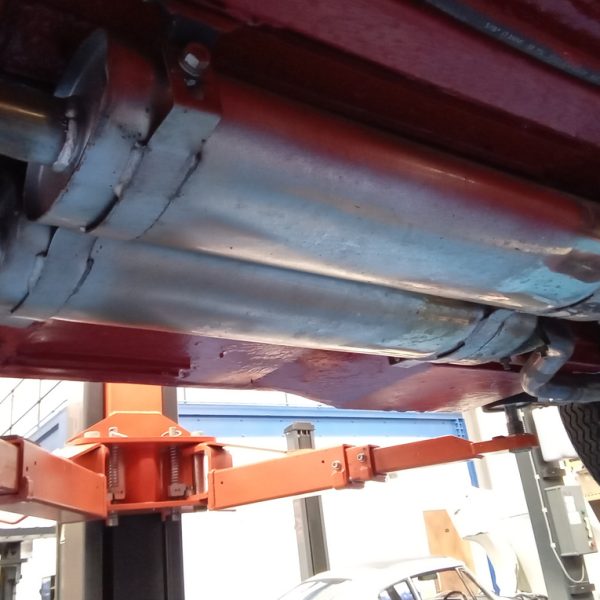

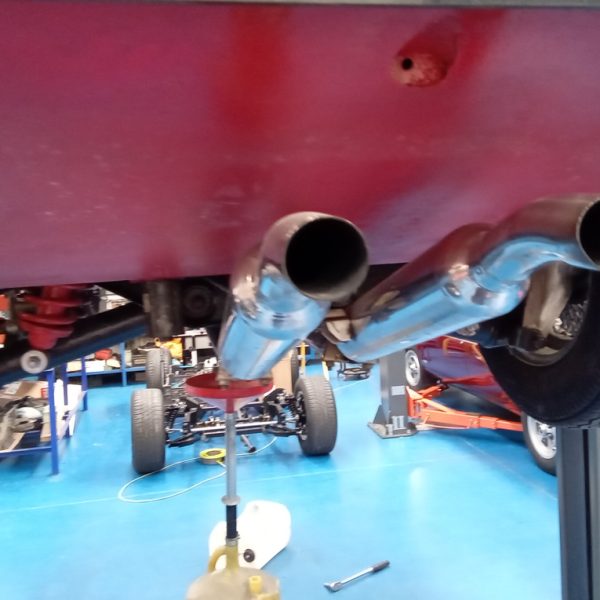

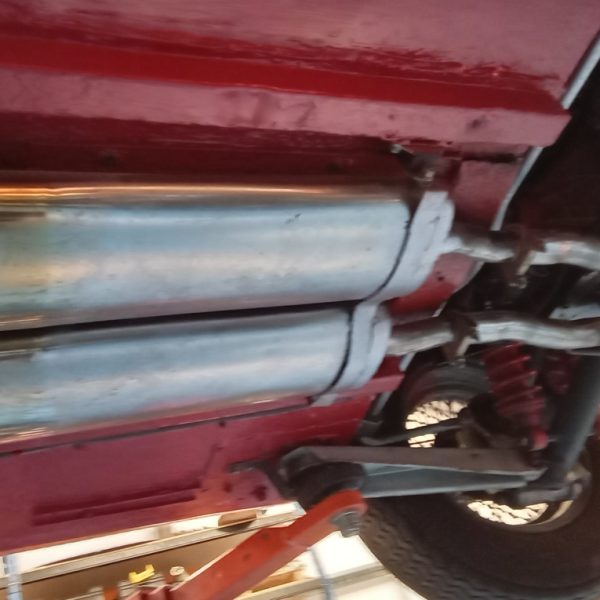
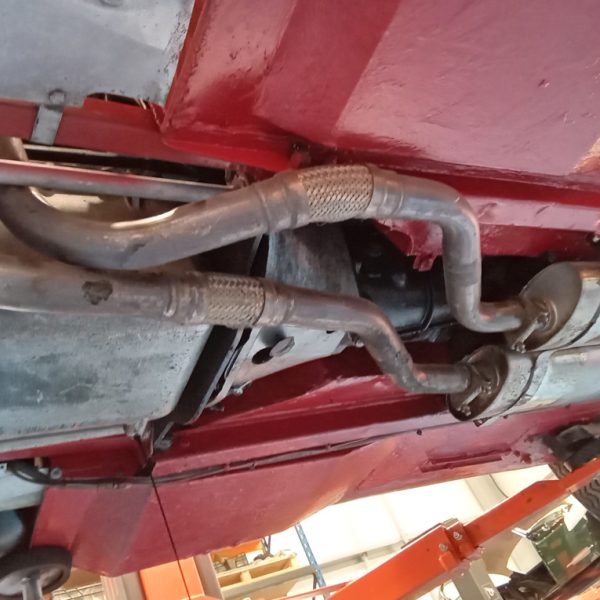

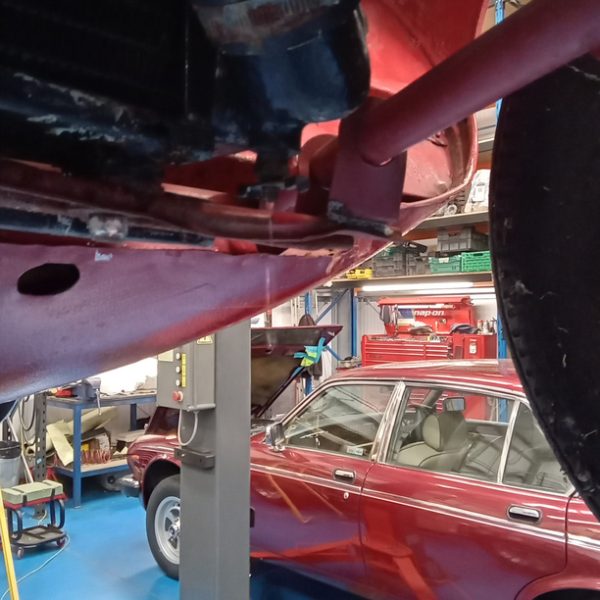
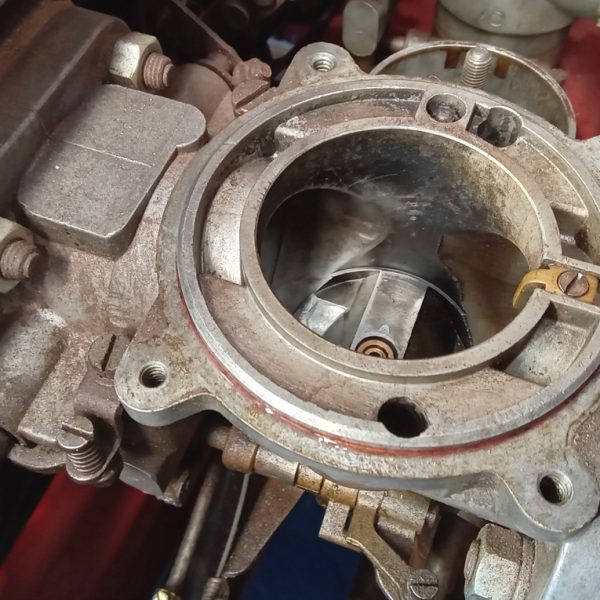
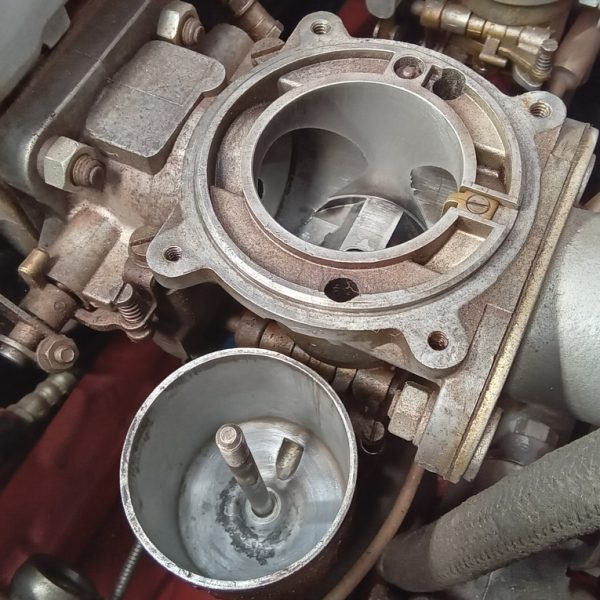


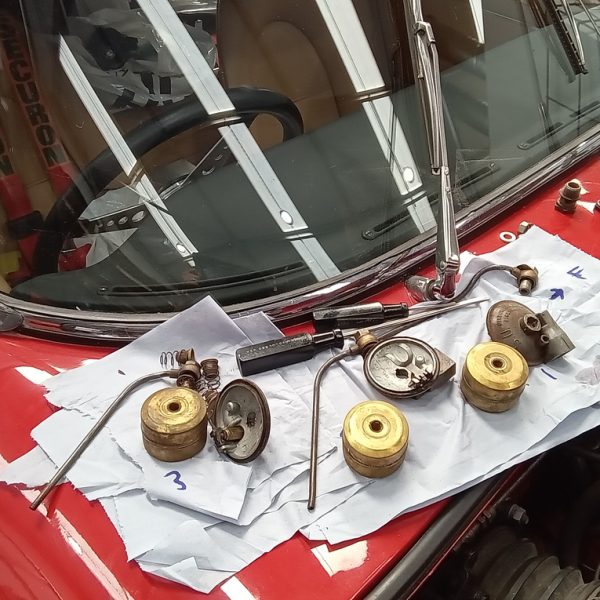

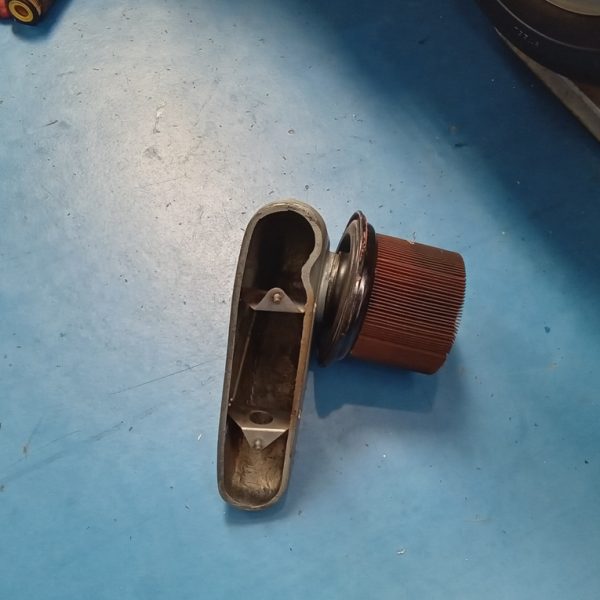
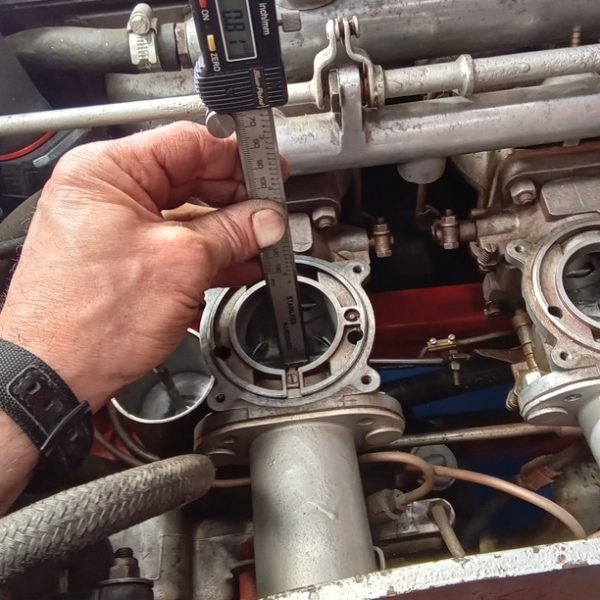
Jon then began work on tearing down the carburettors on the Jaguar’s straight-six. Beginning with cleaning out the float bowls and then could clean out all of the jets and bridges to make sure that again, no sediment or debris had found their way into the carburettors.
Jon then went through his check lists of resealing the engine with all its various sumps and bungs before cleaning down and continuing on with the carburettor rebuilds.
Once completely stripped down and cleaned, Jon then used vernier gauges to set the static depths of the carbs to their base specifications, and reusing components where possible, in preparation for the team to begin testing ignition and compression once the fueling system has been resolved.

With our C-Type getting closer and closer to being completed every day, the team have had a few jobs to do before the car was due to be transported to a local specialist to protect the Seafoam Green paintwork for many years to come.


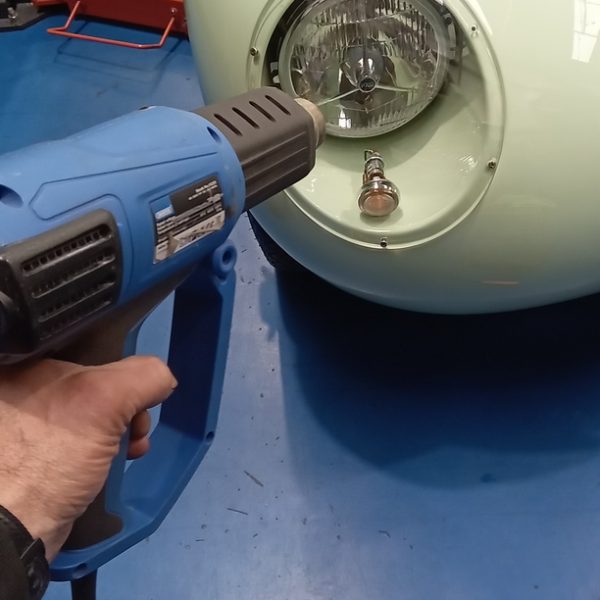
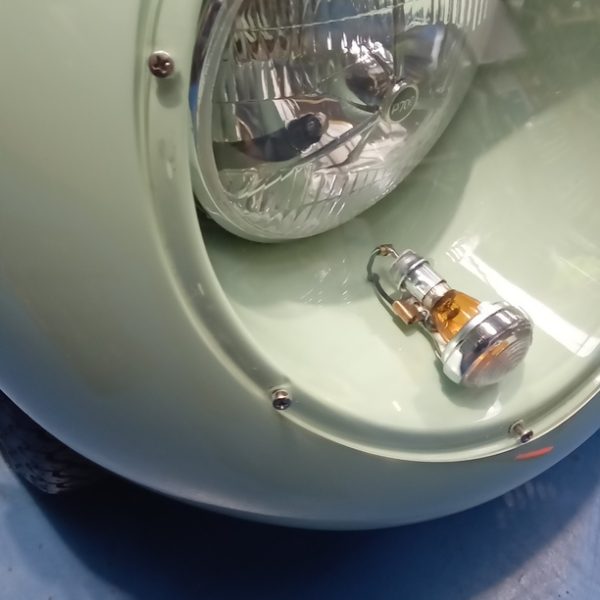
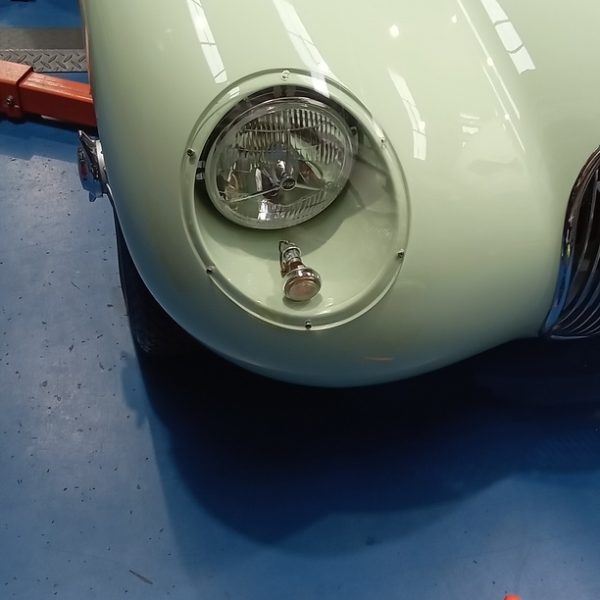
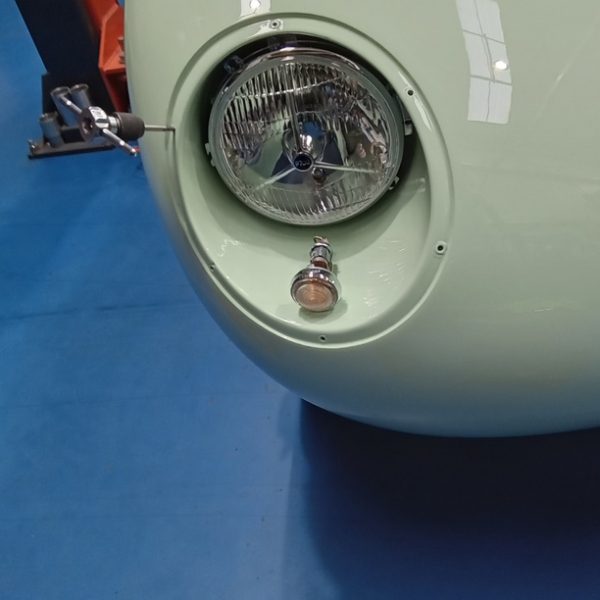

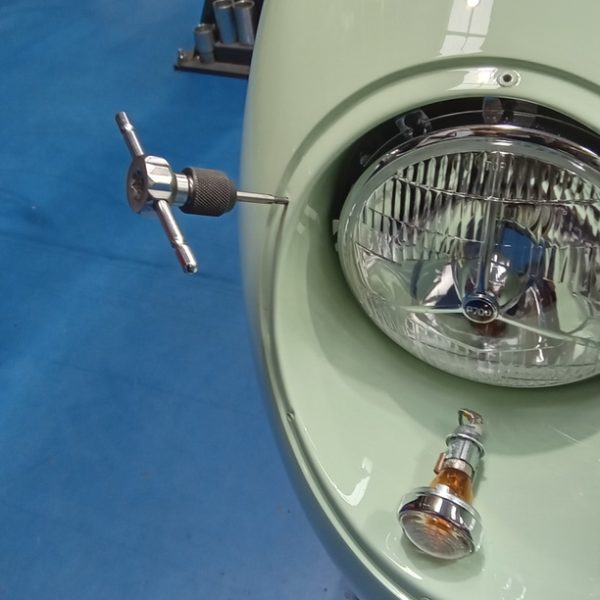
First up, the team had some repairs to do on the headlights of the Le Mans homage. Jon, one of our restoration technicians, had swap over some of the wiring for the car on the offside before refitting the covers back on. In putting the covers back on for the final team, the team head up the perspex covers and then fix them into place with the tapped holes with the shape also taped to the car to ensure they fit perfectly.
After that, the car was loaded into our enclosed trailer to be transported to a local paint protection company for the next phase of its journey.
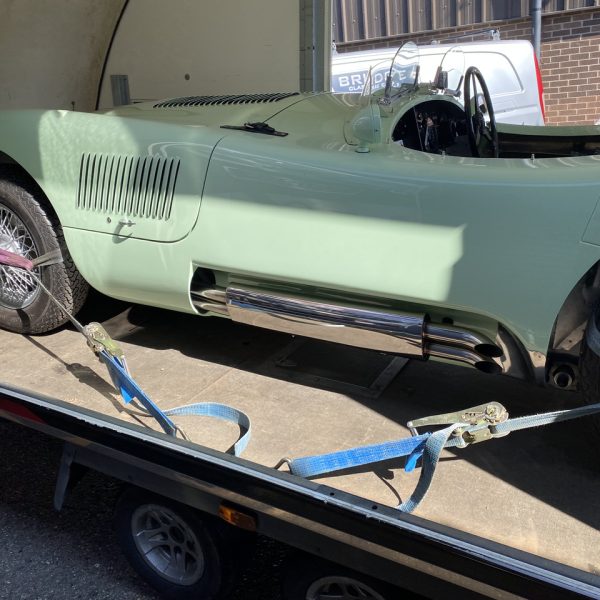

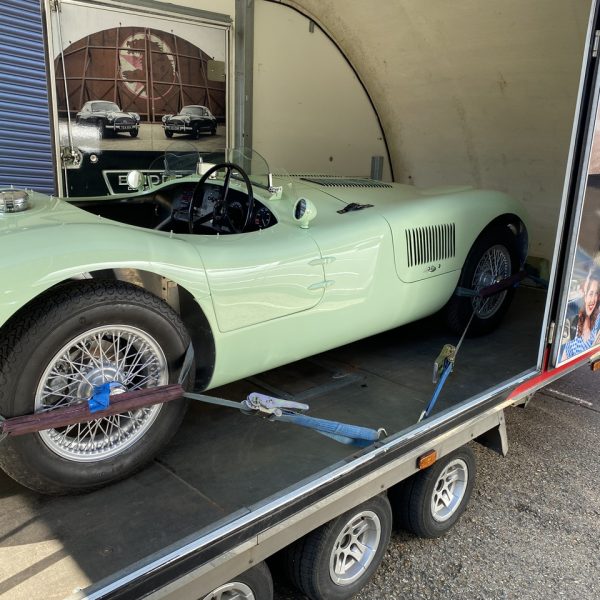
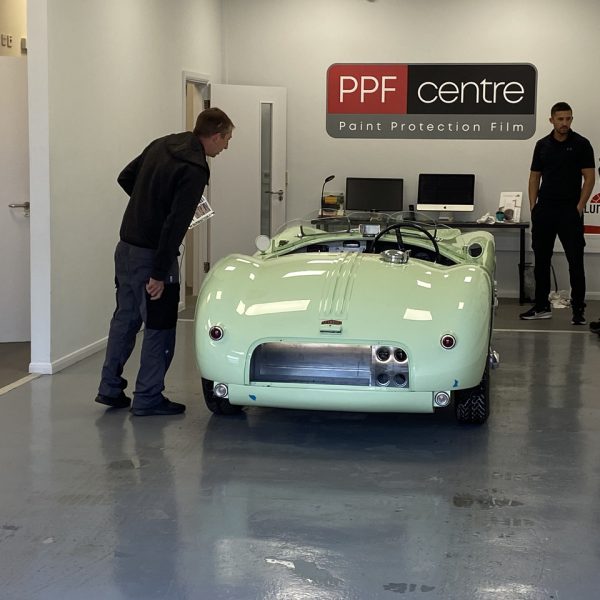
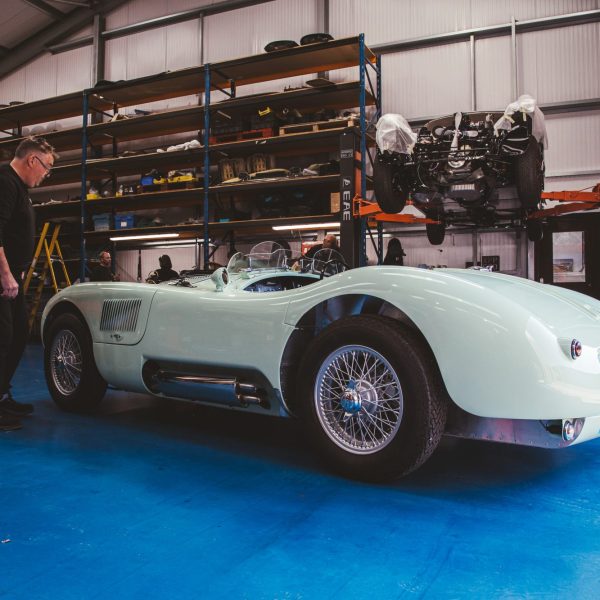

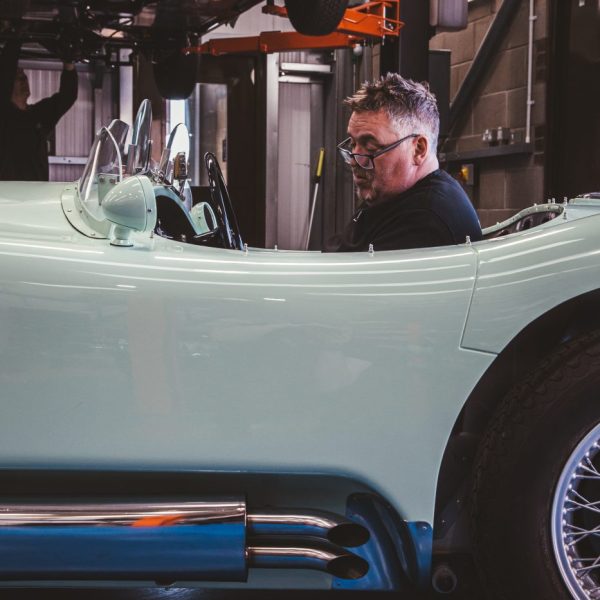
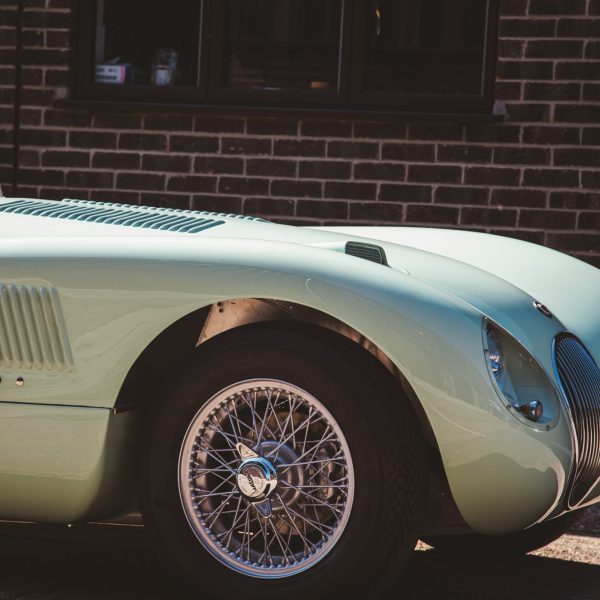
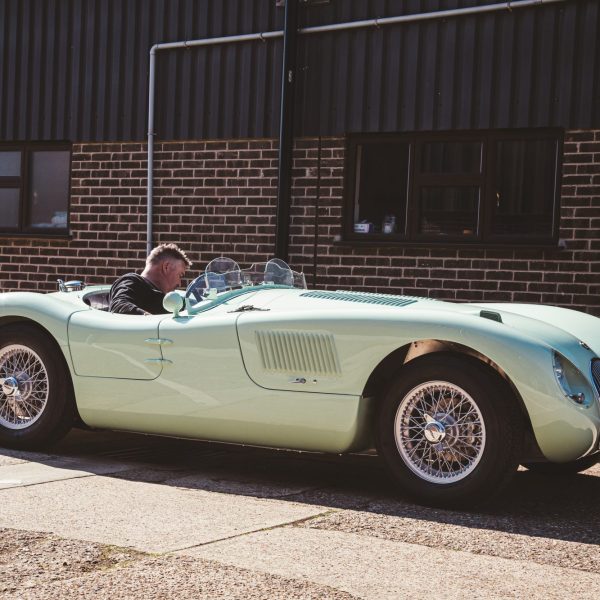

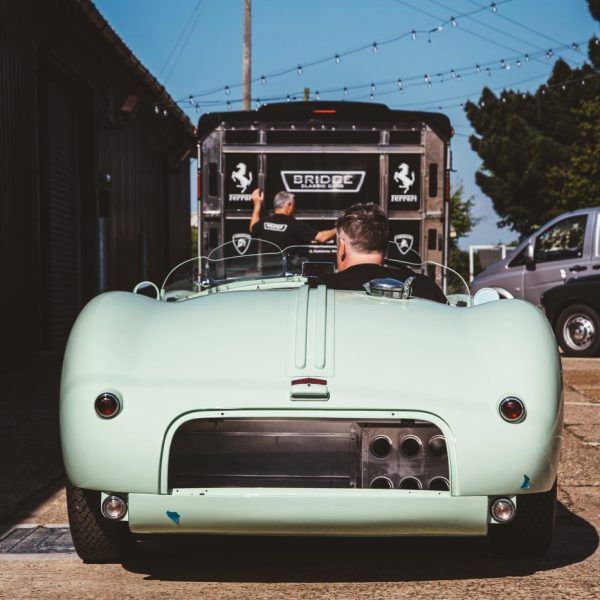
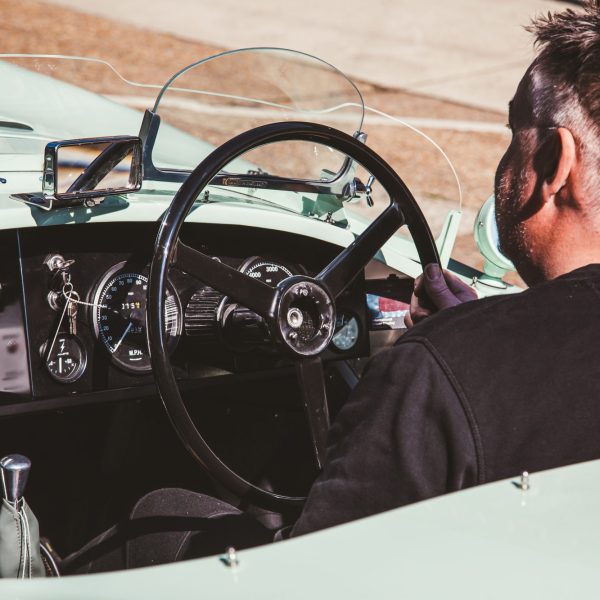
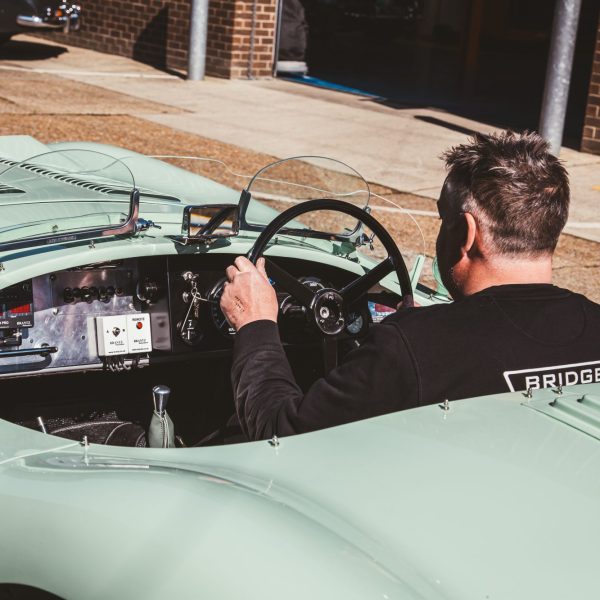
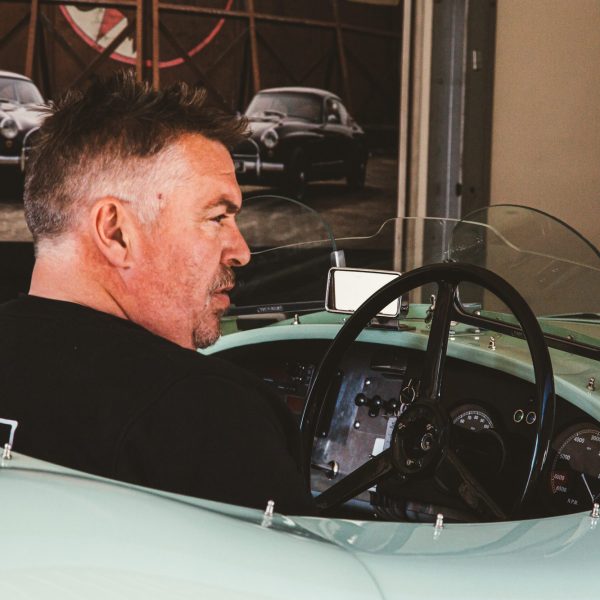

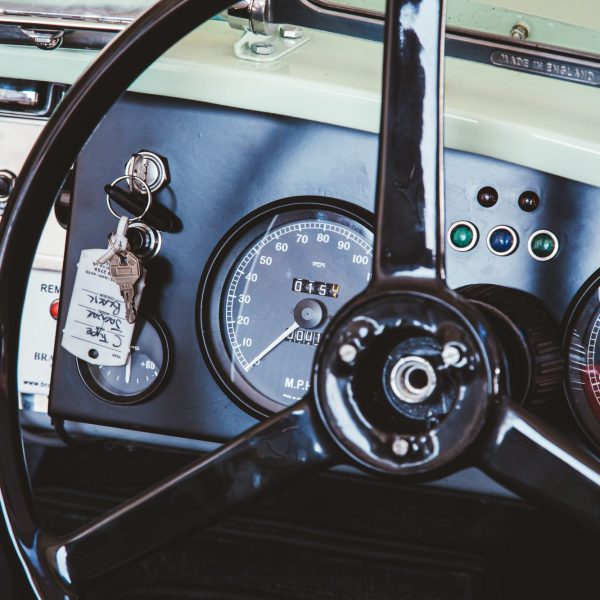
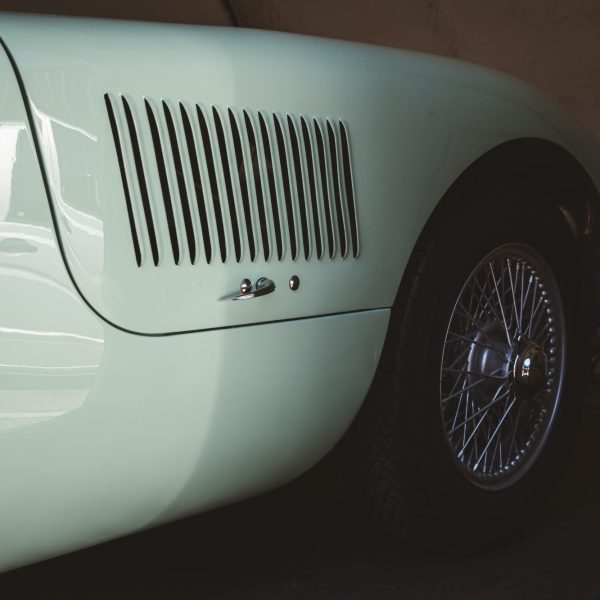

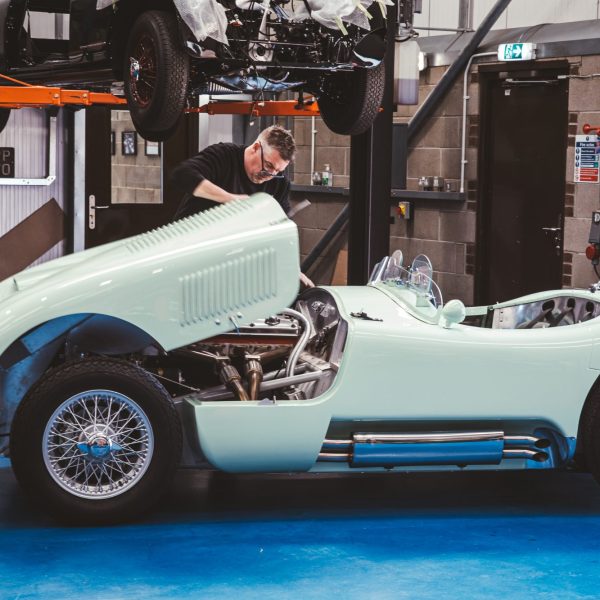
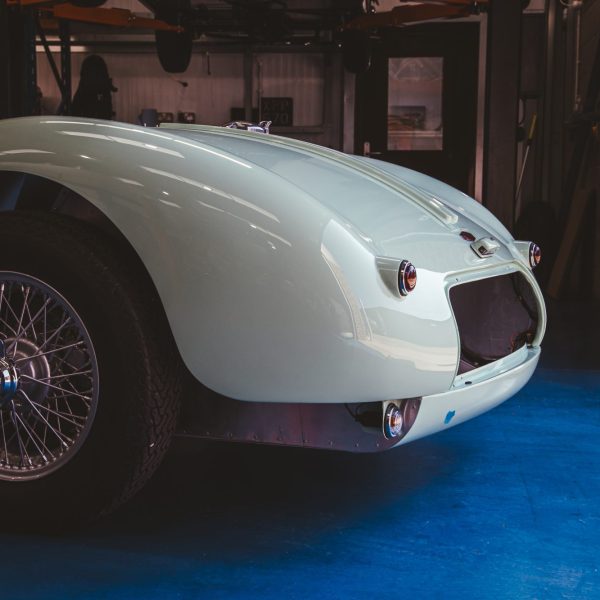
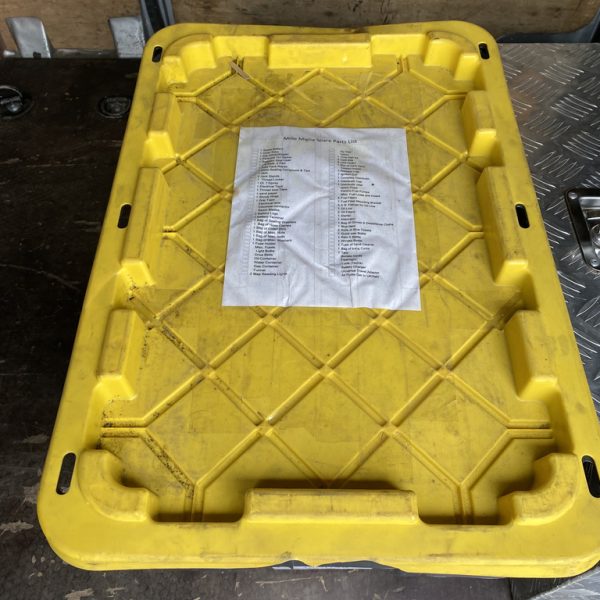
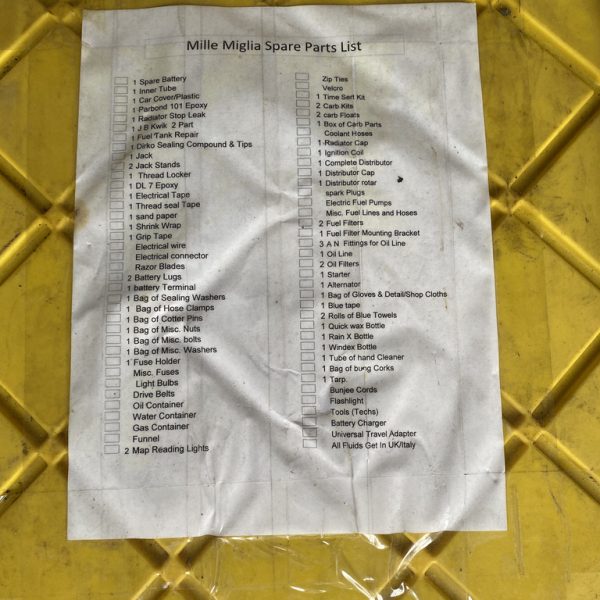
As part of our stewardship of the 1939 Jaguar SS100, our transport team have been to pickup a very important crate.
This crate contains all of the spare parts and sundries needed for our vintage Jaguar to take part and charge on in the Mille Miglia. Even though the event is now more of a formality, the mileage and weather takes its toll on the priceless classics that take part, so a wealth of specific and known extras are an essential part of being involved.
Our workshop manager John will be meticulously going through every item to double check its condition and its usability on the car.
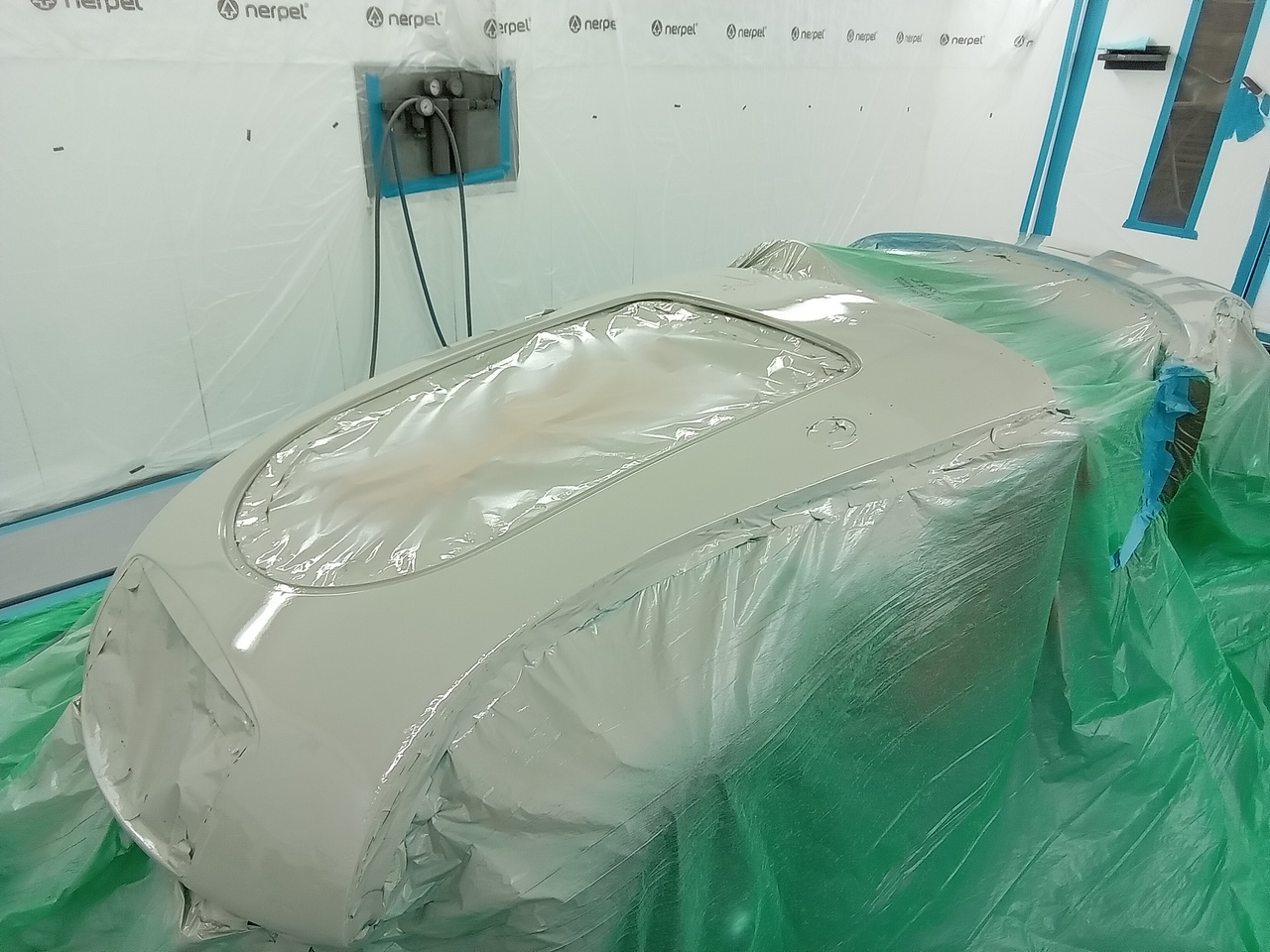
With the exterior panels such as the front and rear wings being worked on in the prep area of our Suffolk HQ, the body shell of our 1960 MGA has been into the paint booth for its date with the spray gun.
Our technician Mauro, who has been working on this project, has laid down the first coats of Epoxy primer onto the classic British sports car in the next step of getting this car to look the best it possibly can.
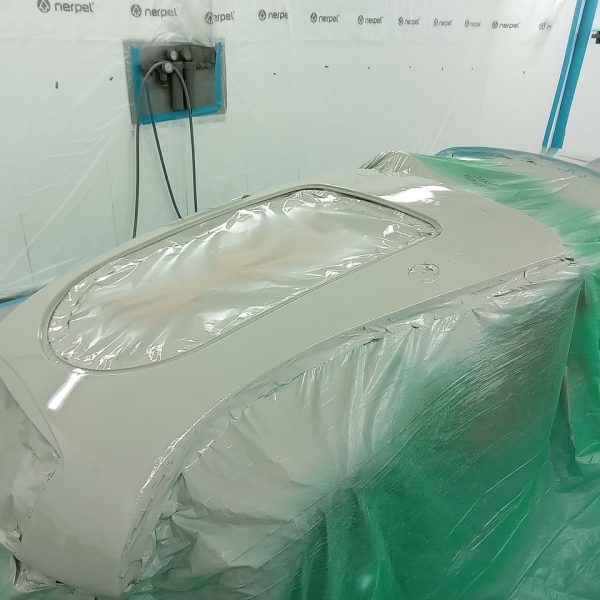
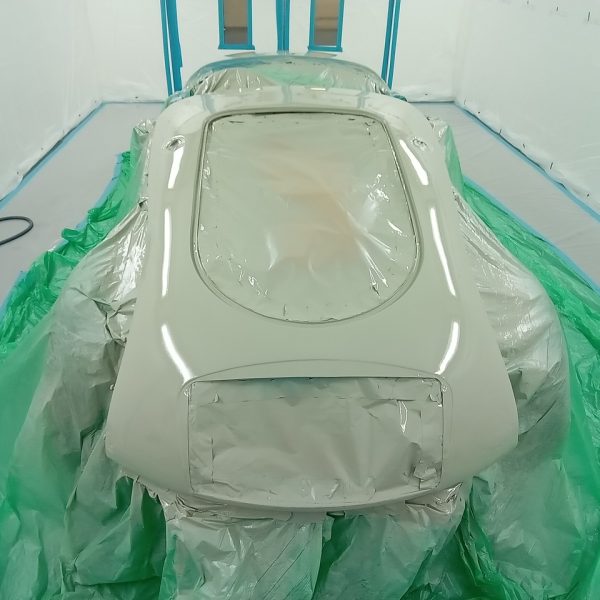

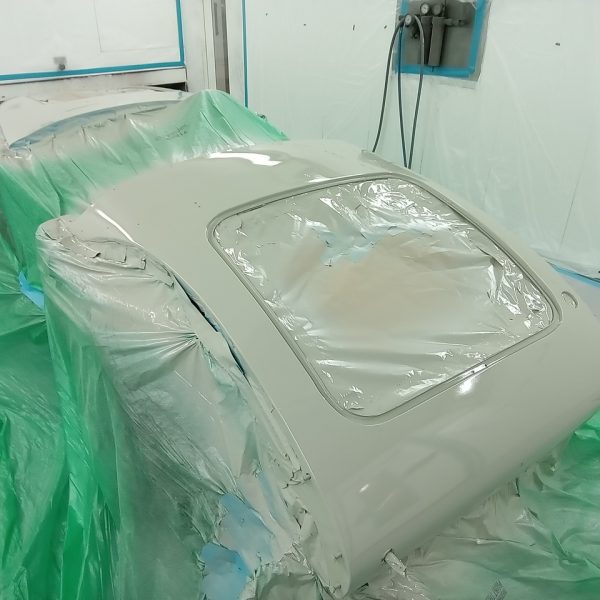
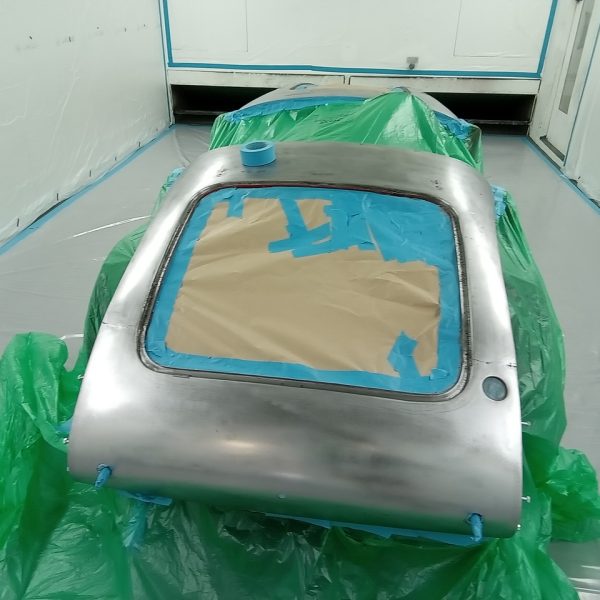
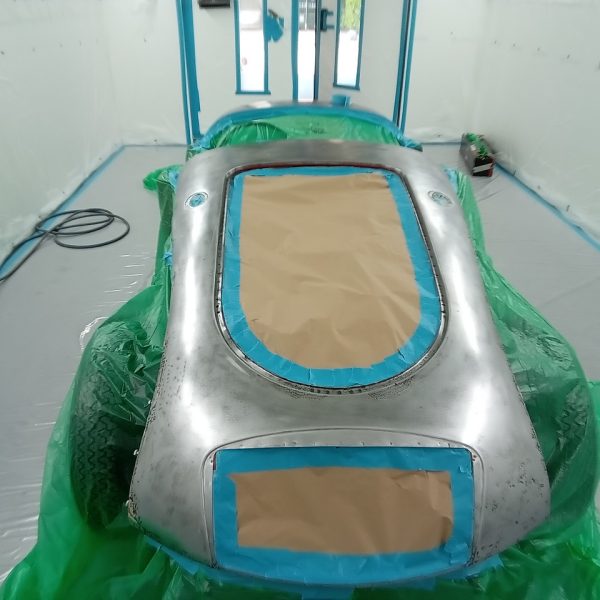
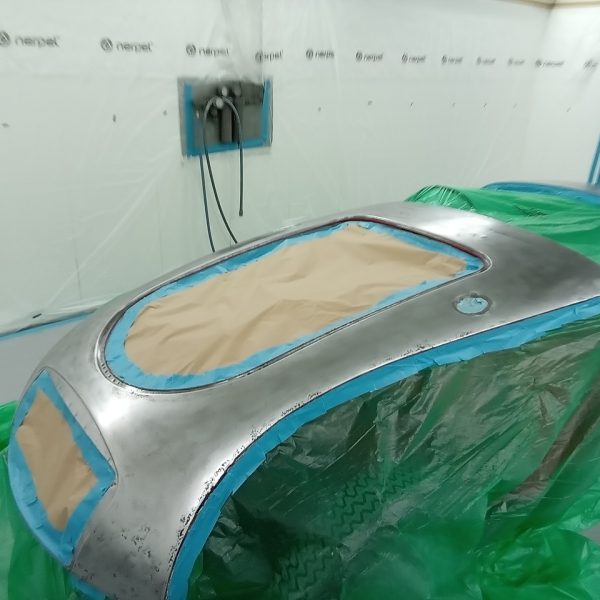
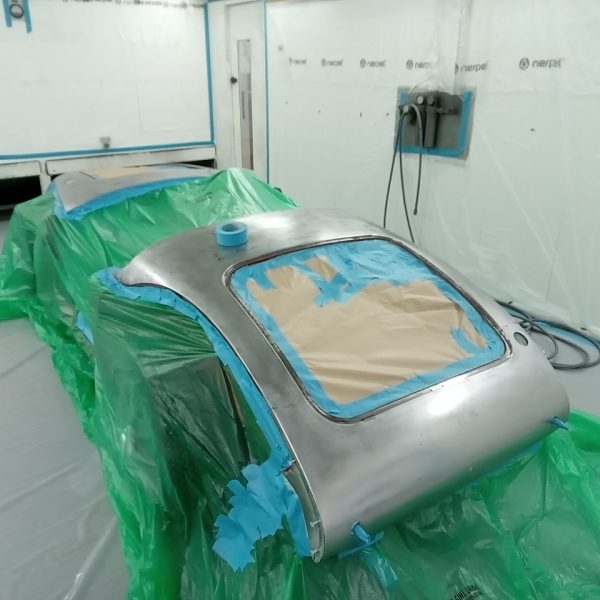

The workshop team are continuing their work on recommissioning our 1989 Daimler Double Six to get back on the road.
Jon, one of our amazing restoration technicians has been working on the car to get through the list of jobs needed to bring this car back to its former glory.
One of the first jobs was to adjust the handbrake on the car. In doing this, Jon found that the original handbrake had partially seized. This led to him having to drill out some of the rivets from the cover and heat up the pivot bolt to remove it from the car, after that he could completely clean up the original mechanism and repaint it before reassembling and putting back into the car, whilst adding a return spring to help with the action.
Next, Jon had a few electrical jobs to cover on the car such as investigating why the horn didn’t work. After diving deep, Jon discovered that their were wires broken to the relay, so after some repairs he could continue to test and troubleshoot. This led him to freeing the engine bay loom to trace the harness further and found a connective issue alongside a faulty relay. With all of these either repaired or replaced, Jon could then work on some of the other electrical jobs on the car such as fixing the window switches.
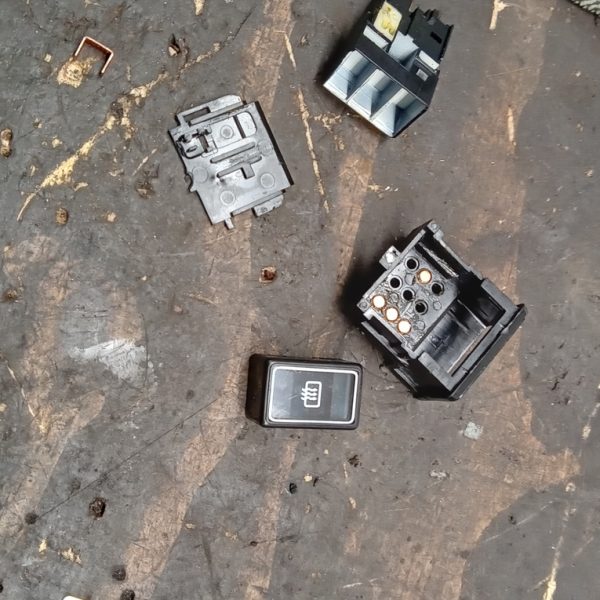

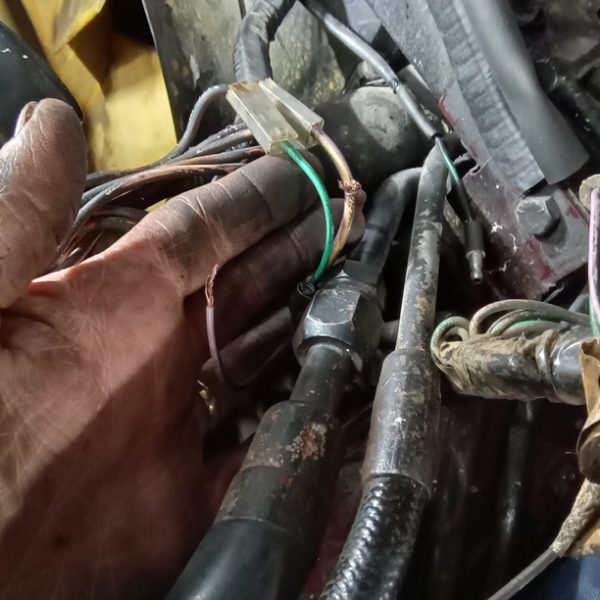
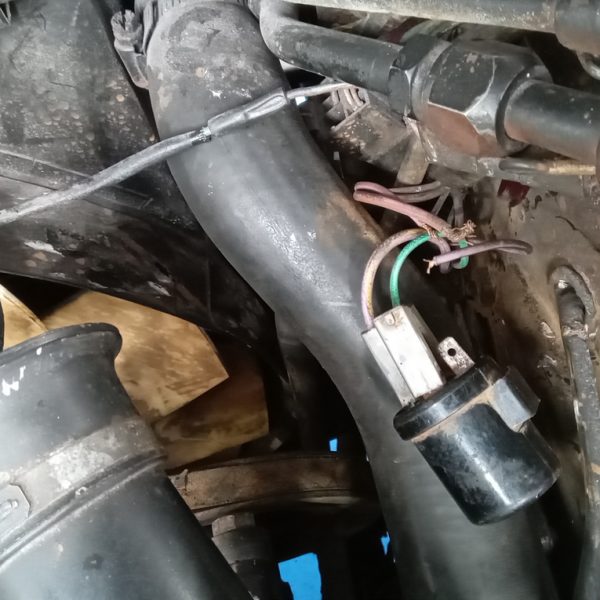
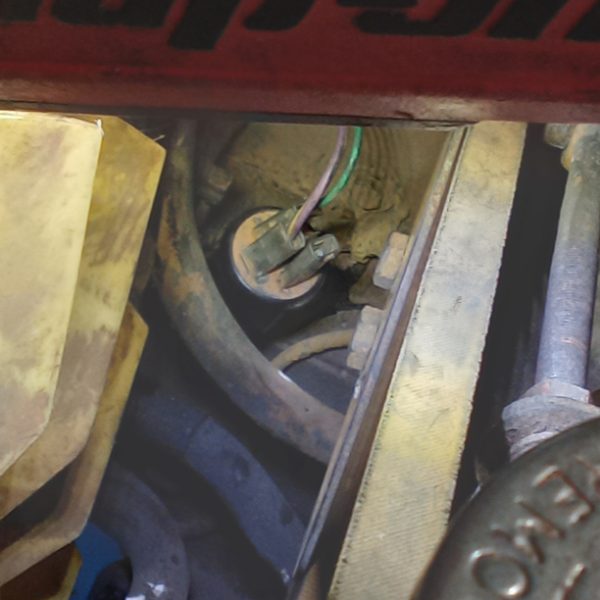
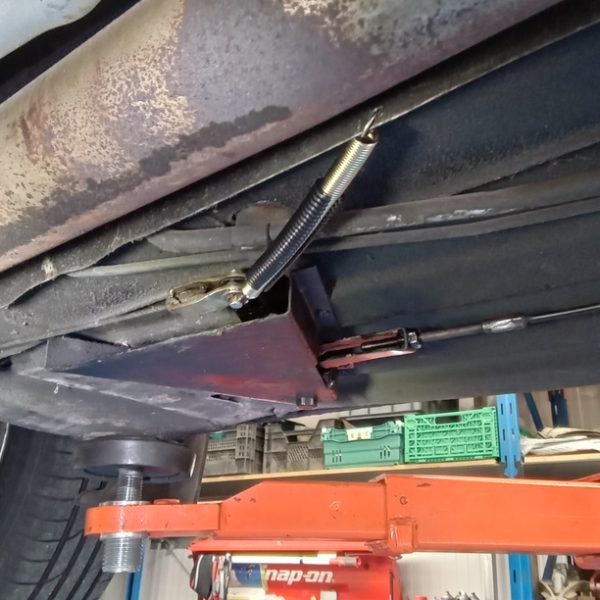
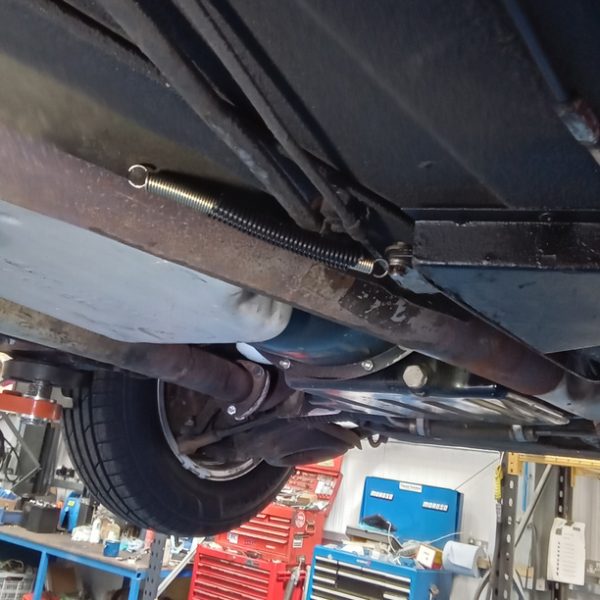
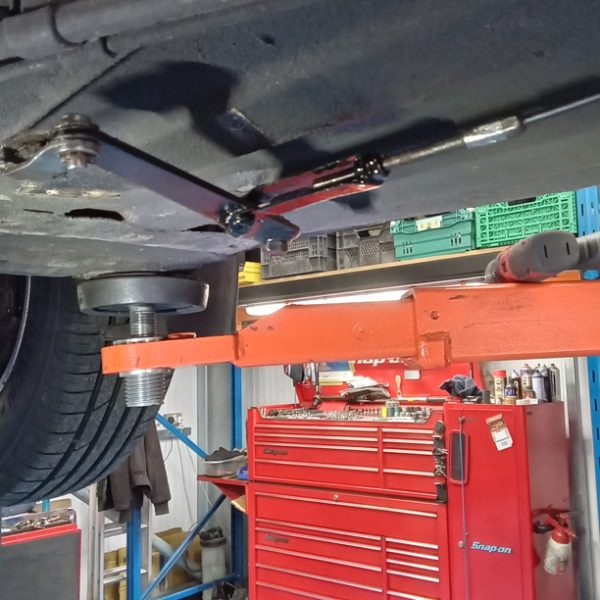
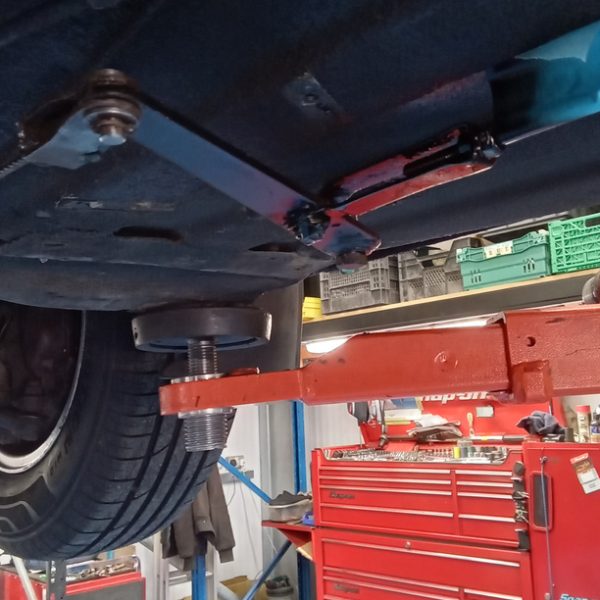
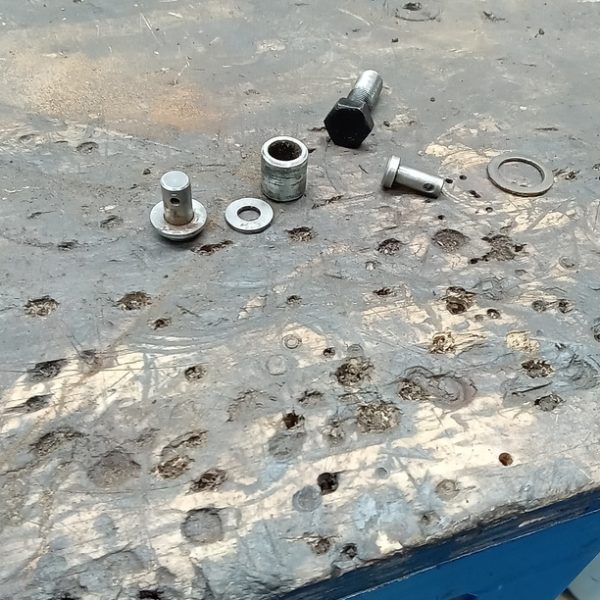

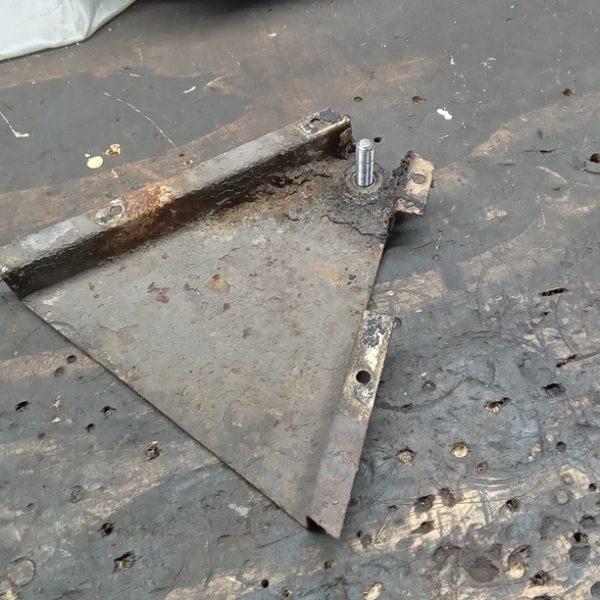
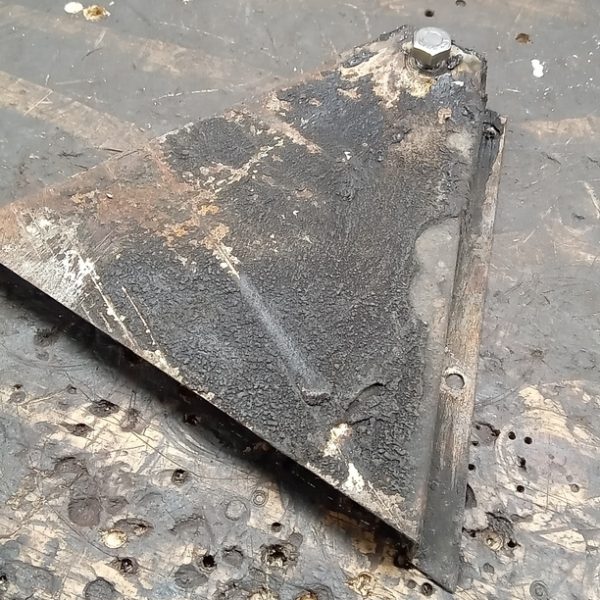
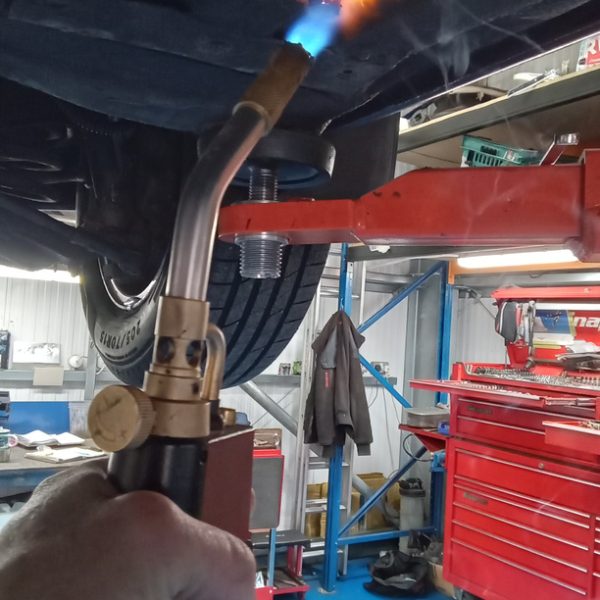
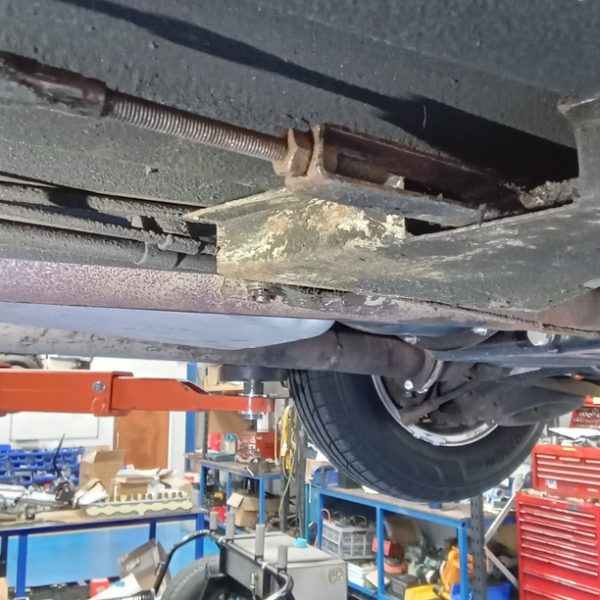
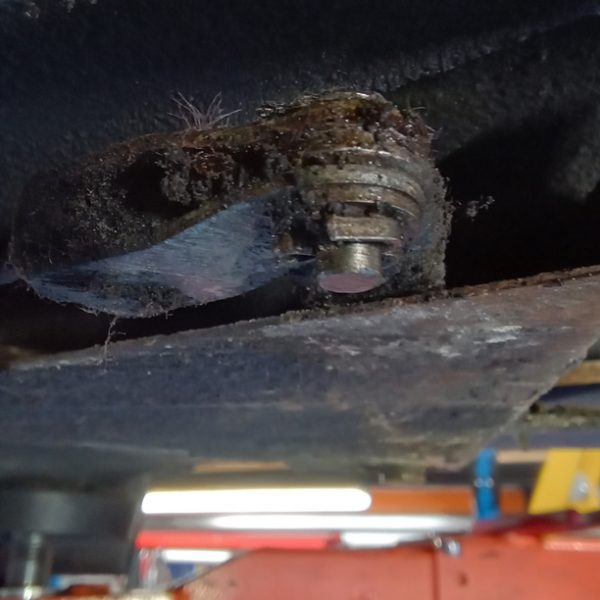
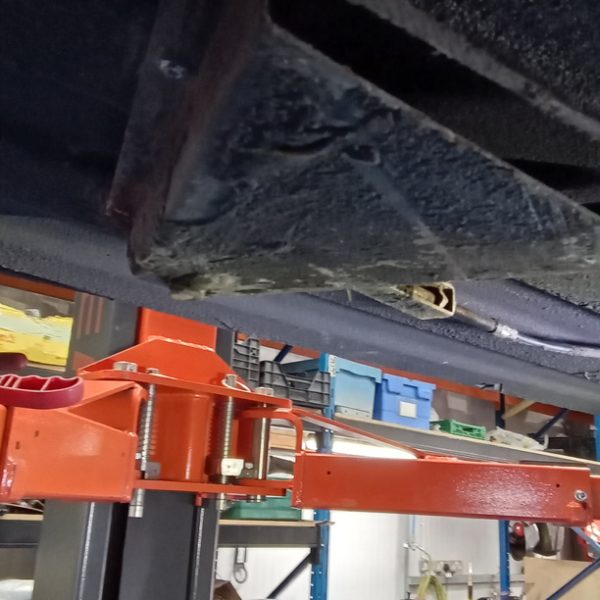

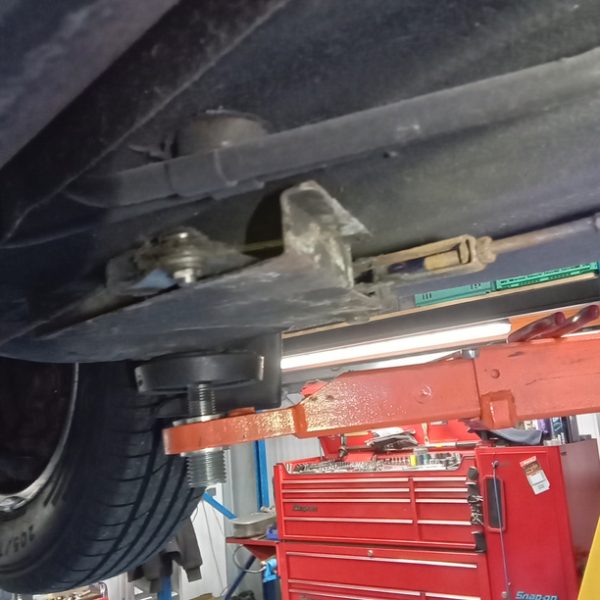

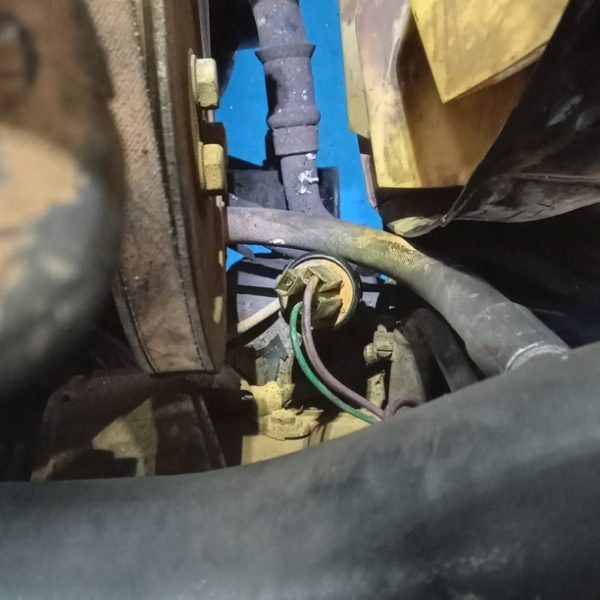
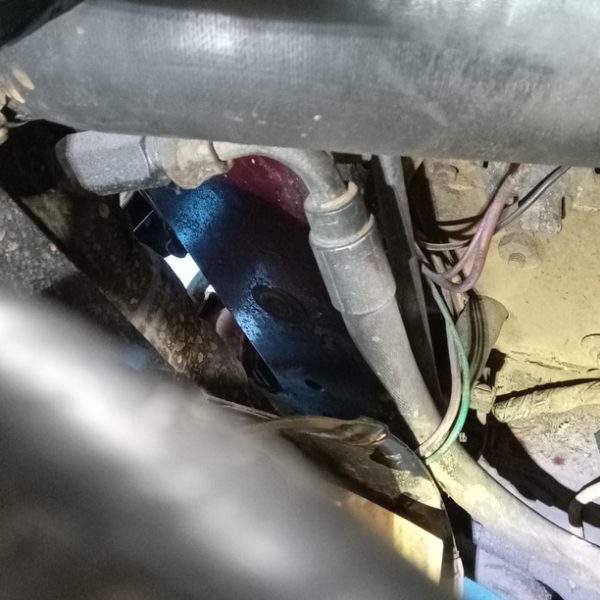
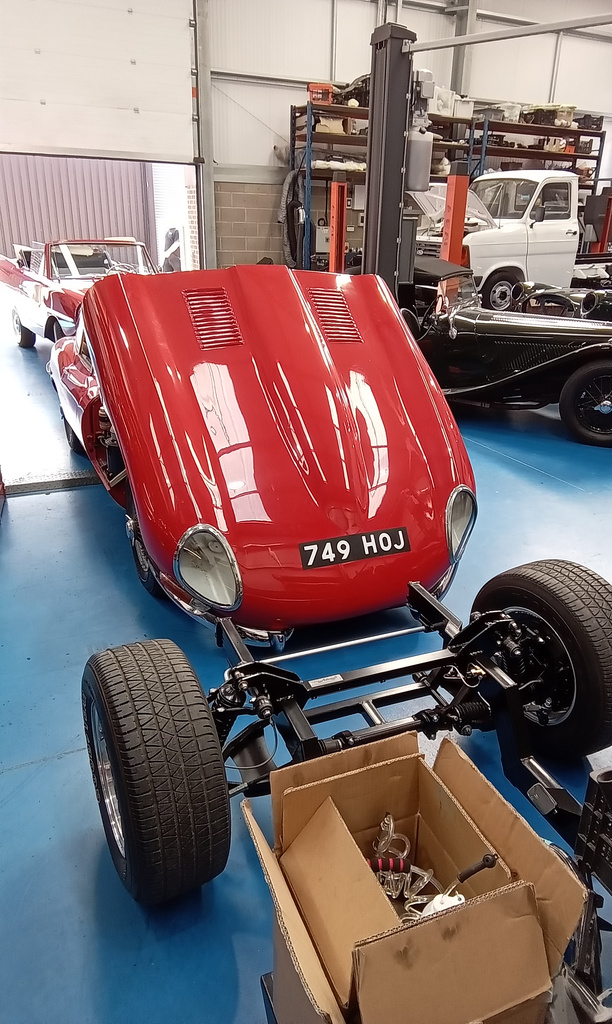
Since arriving at the Bridge Classic Cars Suffolk HQ, this stunning 1962 Jaguar E-Type Series 1 Coupe has been waiting its turn on the ramps in the workshop.
Well, over the last couple of days the classic Jaguar has been under the careful eye of our restoration technician Jon.
Jon will be carrying out a full and detailed inspection of the car, which according to paperwork has been stood for the better part of 2 decades, and reporting back with his findings for the cars new owner.
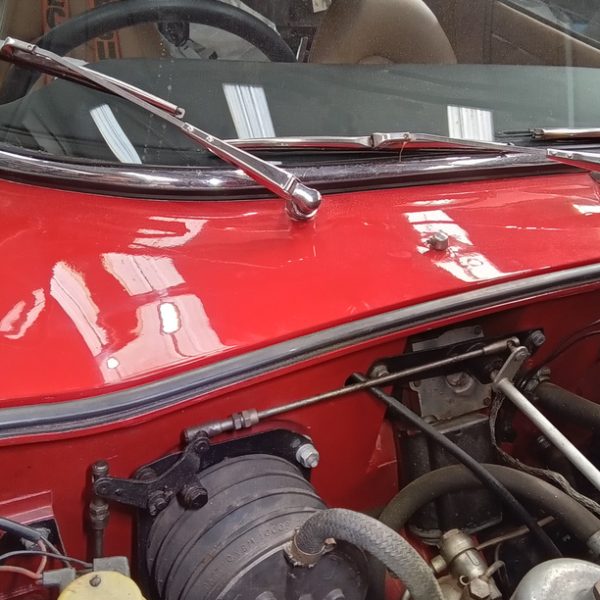
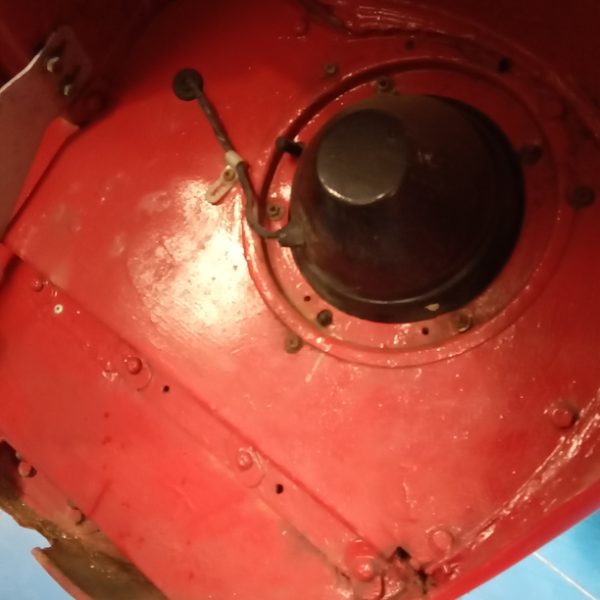
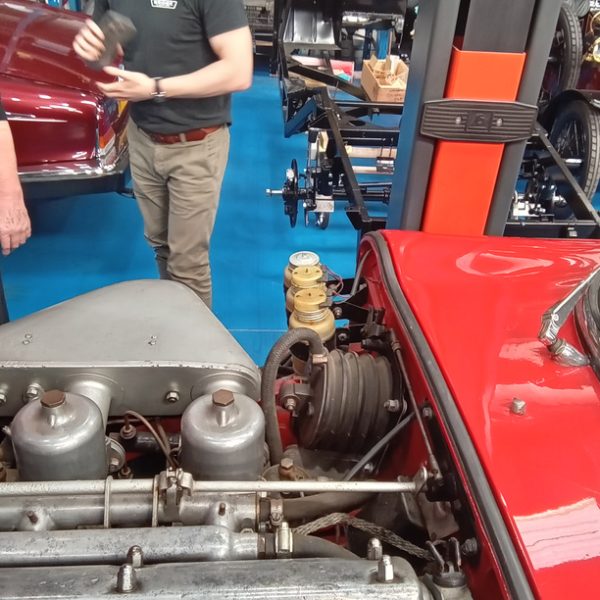
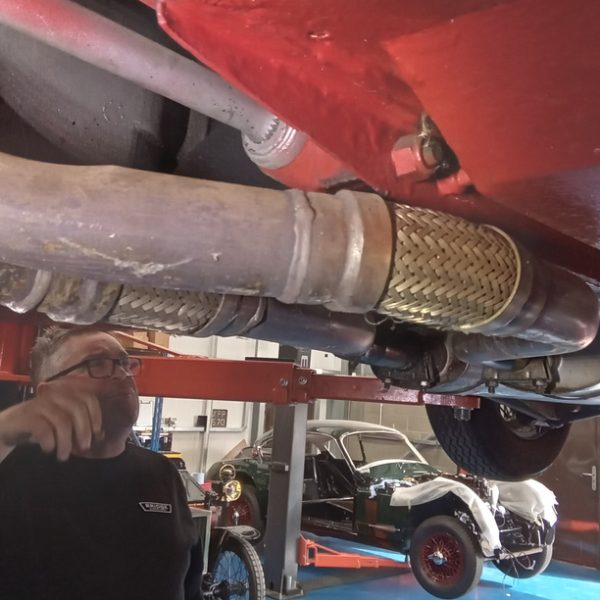


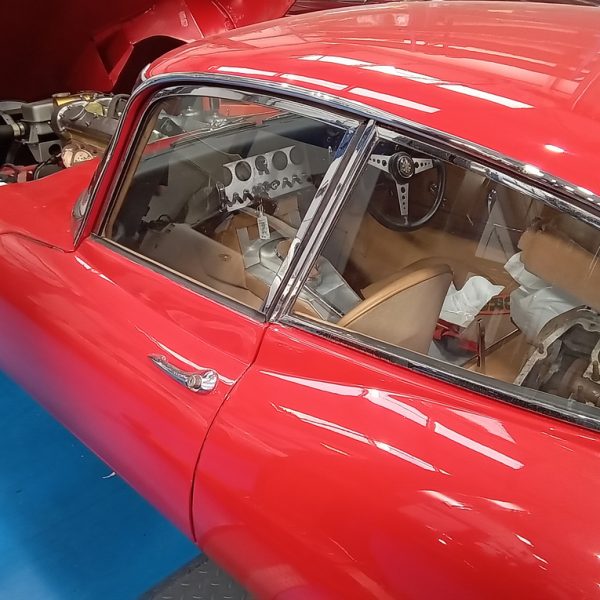
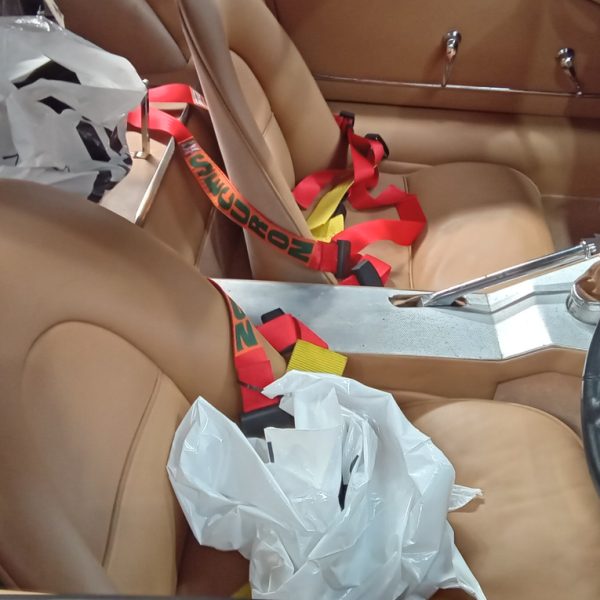


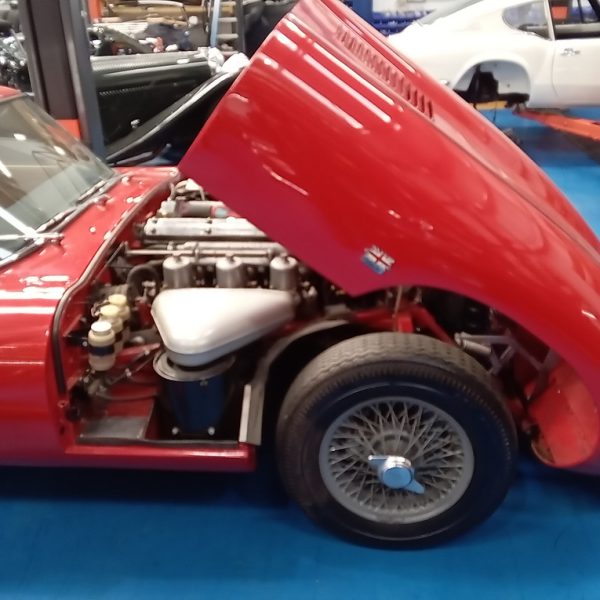

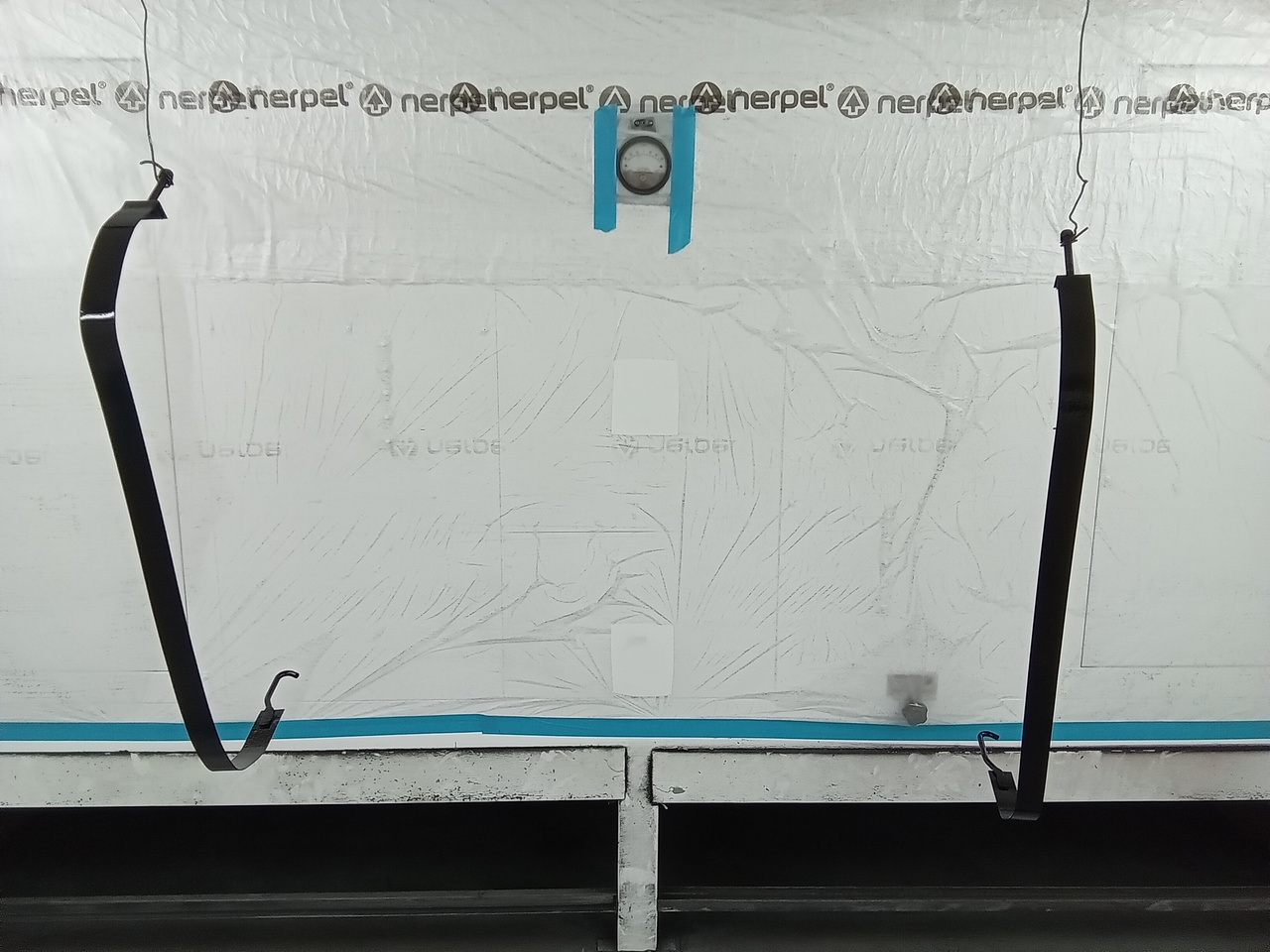
The paint team here at Bridge Classic Cars have been working alongside the workshop team to get the next batch of pieces painted for our Ford Transit Mk2 Tipper project.
Whilst the fuel tank is being prepared for installation, our paint technician Mauro has had the brackets in the paint booth to be finished in deep black.
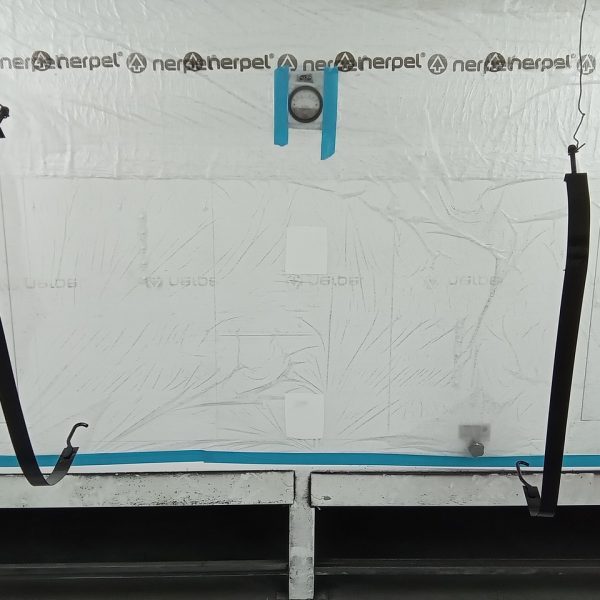

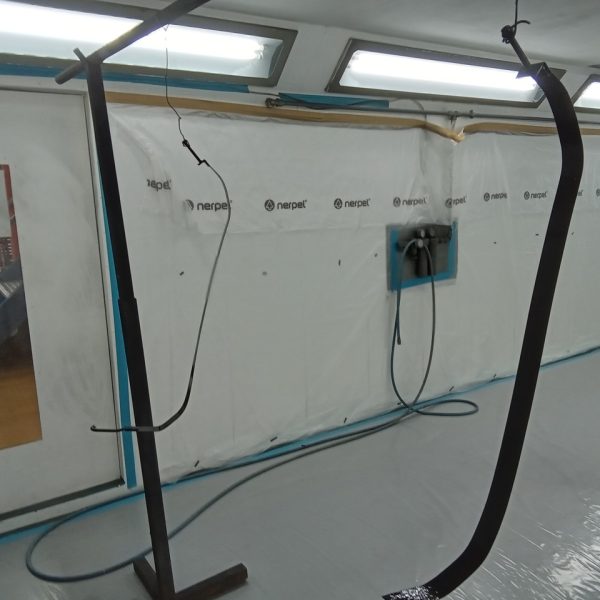
On April 26th 2024, Heli-business hosted an event that saw the launch of the D-Motor DKT 07, the first two-seat Ultralight Motorised (ULM) helicopter. This very special helicopter was powered by the D-Motor 150 HP 6-cylinder boxer engine, which delivers 370 nm of torque at 2850 RPM. What makes this helicopter extra special though is that it runs entirely on 100% fossil-free fuel!
For its first test flight, P1 Fuels provided everything this incredible helicopter needed for a successful flight.
The Ultra Light Helicopter is powered by the innovative D-Motor, offering options of either the 4-cylinder LF26 engine or the 6-cylinder LF39 engine. Operating at 2850 RPM with a 25% power margin, these engines deliver impressive performance, exceeding 370 Nm of torque. These engines are specifically engineered for helicopter use, driving the three rotor blades through the DKT MGB – a specialised, smart-lubricated D-Motor Main Gear Box that has been tailored and optimised for enhanced efficiency and reliability in helicopter operations.
The DKT 07 is the world’s first helicopter to fly on 100% non-fossil fuel and creates an 80% reduction in CO2 emissions.
One of the most interesting aspects of this test flight is the use of P1 fuels, a 100% fossil-free fuel option. P1 fuels is part of a new generation of sustainable fuels that aim to reduce aviation’s carbon footprint significantly. Unlike traditional aviation fuels, P1 fuels can drastically lower the amount of CO2 emissions released into the atmosphere, making it a critical component in the fight against climate change.
The DKT 07 operates on RON 95 or 98 ‘ordinary car fuel’ as well as fossil-free fuel. It has a capacity of 90 litres with an average consumption of 26 litres per hour.
The successful integration of P1 fuels into this ULM helicopter’s operation demonstrates not only the viability of cleaner fuel alternatives but also sets a new standard for environmental responsibility in aircraft design and operation. This development could pave the way for the widespread adoption of greener fuels in both commercial and recreational aviation, which has long been a significant source of carbon emissions globally.
The recent test flight of the DKT 07 is a promising demonstration of the potential for broader application of green technologies in aviation. The flight not only tested the mechanical capabilities of the helicopter and the efficiency of the D-Motor engine, but also showcased the practical use of P1 fuel in real-world aviation settings.
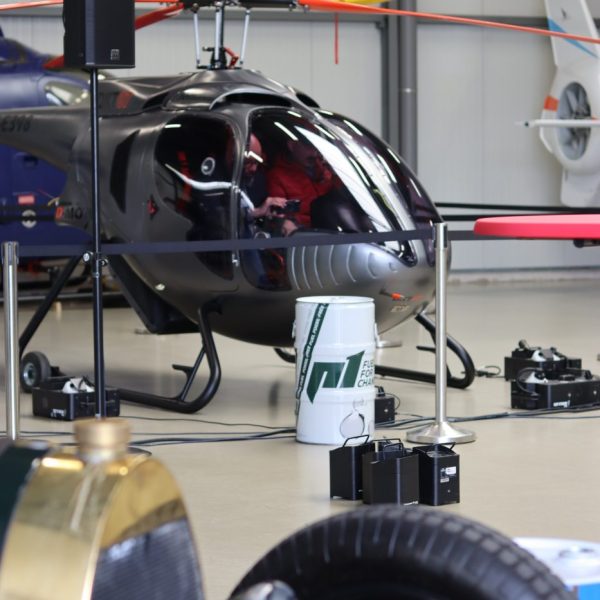
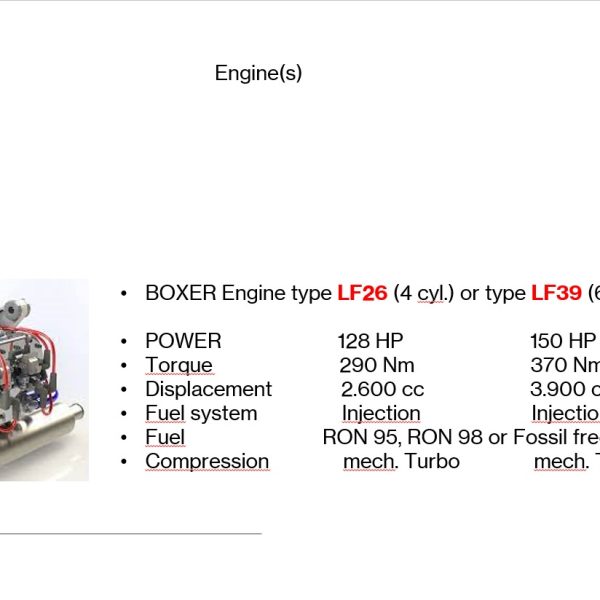
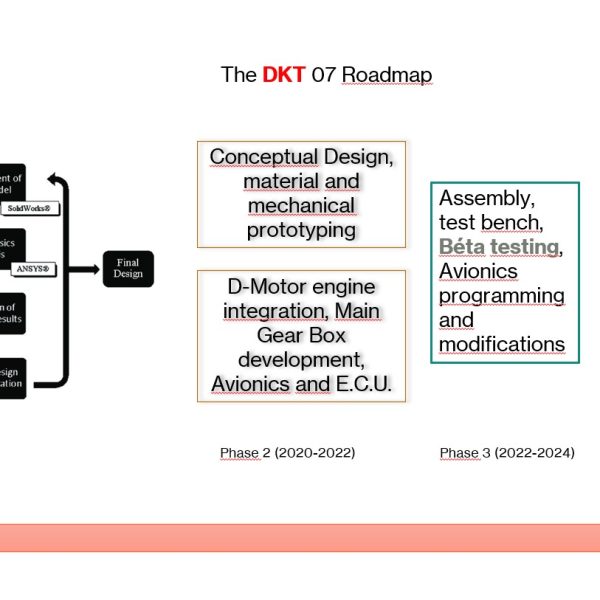
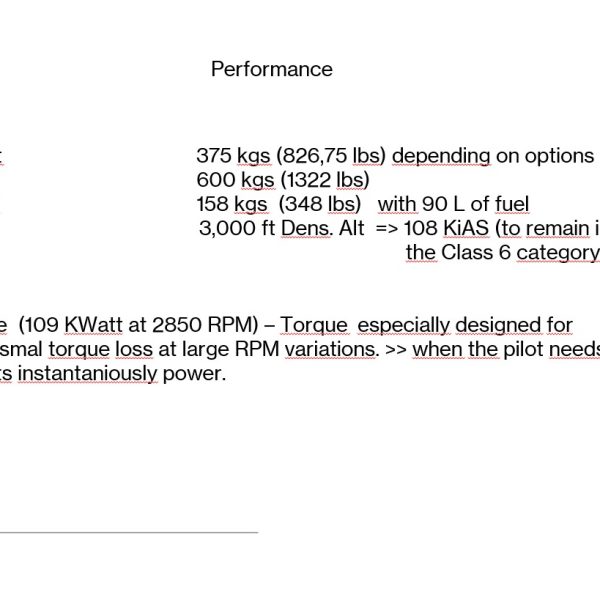
Despite the success of the test flight, there are still some challenges to overcome. The production, distribution, and storage of fossil-free fuel, along with ensuring compatibility with existing and future aircraft designs, are areas that need further development. However, the opportunities for innovation and improvement in these areas are vast, with potential benefits that extend well beyond the aviation industry.
The successful test flight of the two-seat ULM helicopter powered by a D-Motor and P1 fuel is a positive step towards a more sustainable future, without relying on one single internal combustion alternative. As we look ahead, the continued development and refinement of fossil-free fuels and more efficient engines are critical. This achievement is not just about making aviation sustainable; it’s about reimagining how we approach design and technology to create a cleaner, more sustainable world.
Bridge Classic Cars are award winning Classic Car Restoration and Maintenance specialists. Your pride and joy is in safe hands with our expert Classic Car Technicians. Take a look at our awards here.
We use cookies to deliver the best possible experience whilst visiting our website. By clicking "Accept All", you consent to our use of cookies, or you can manage your preferences by clicking the link below. You can manage your preferences at any time from out Cookie Policy page.
Leave a Reply